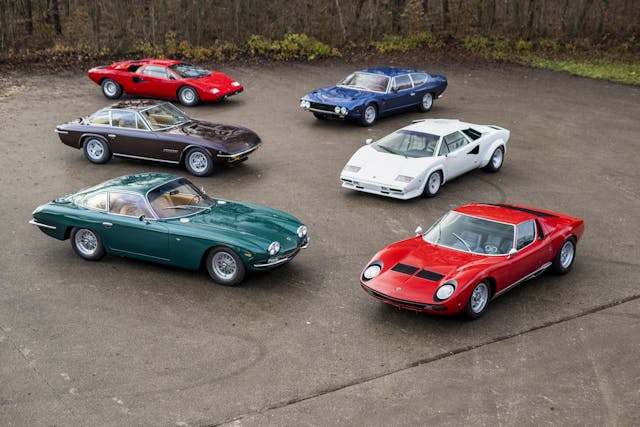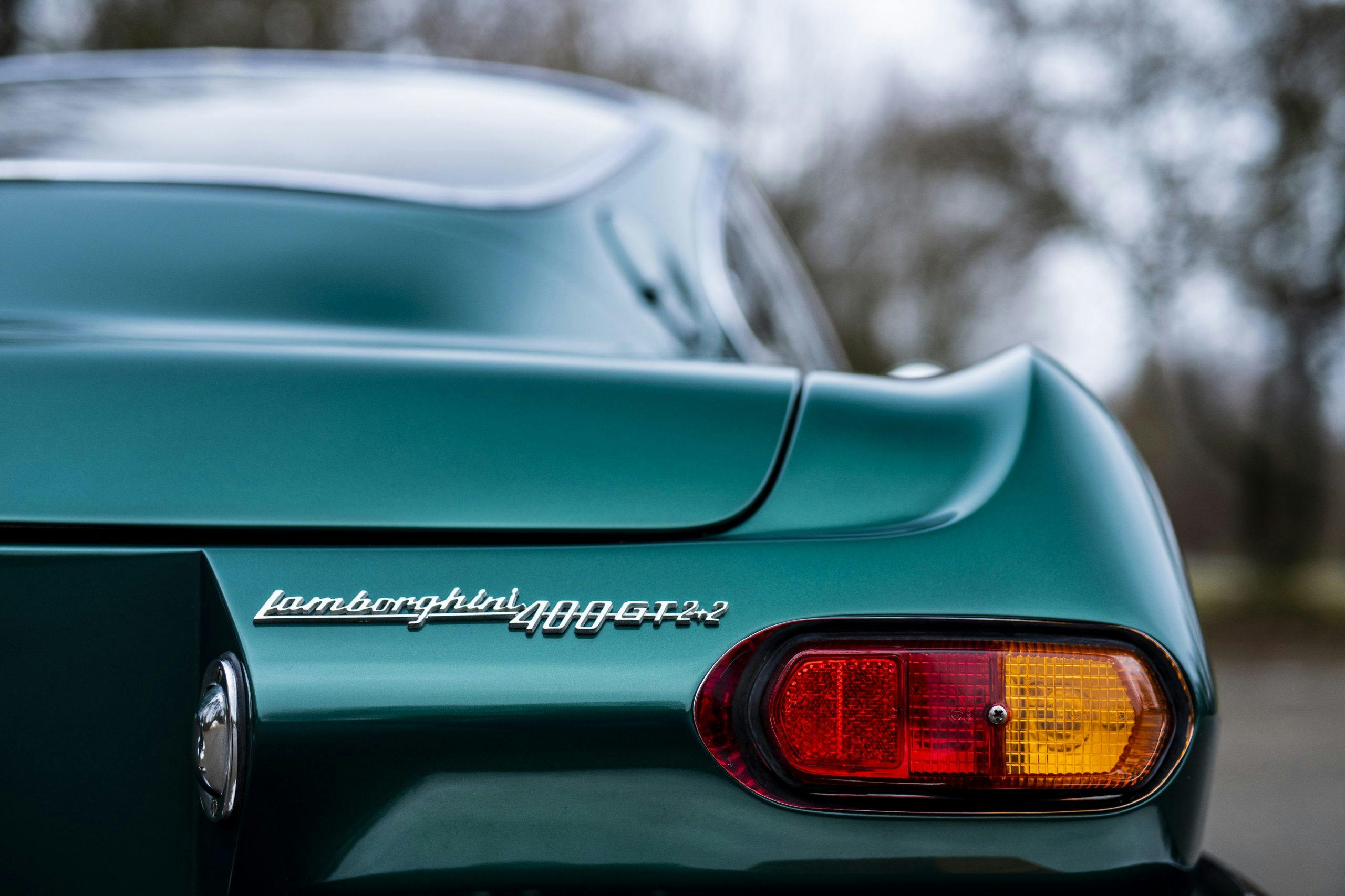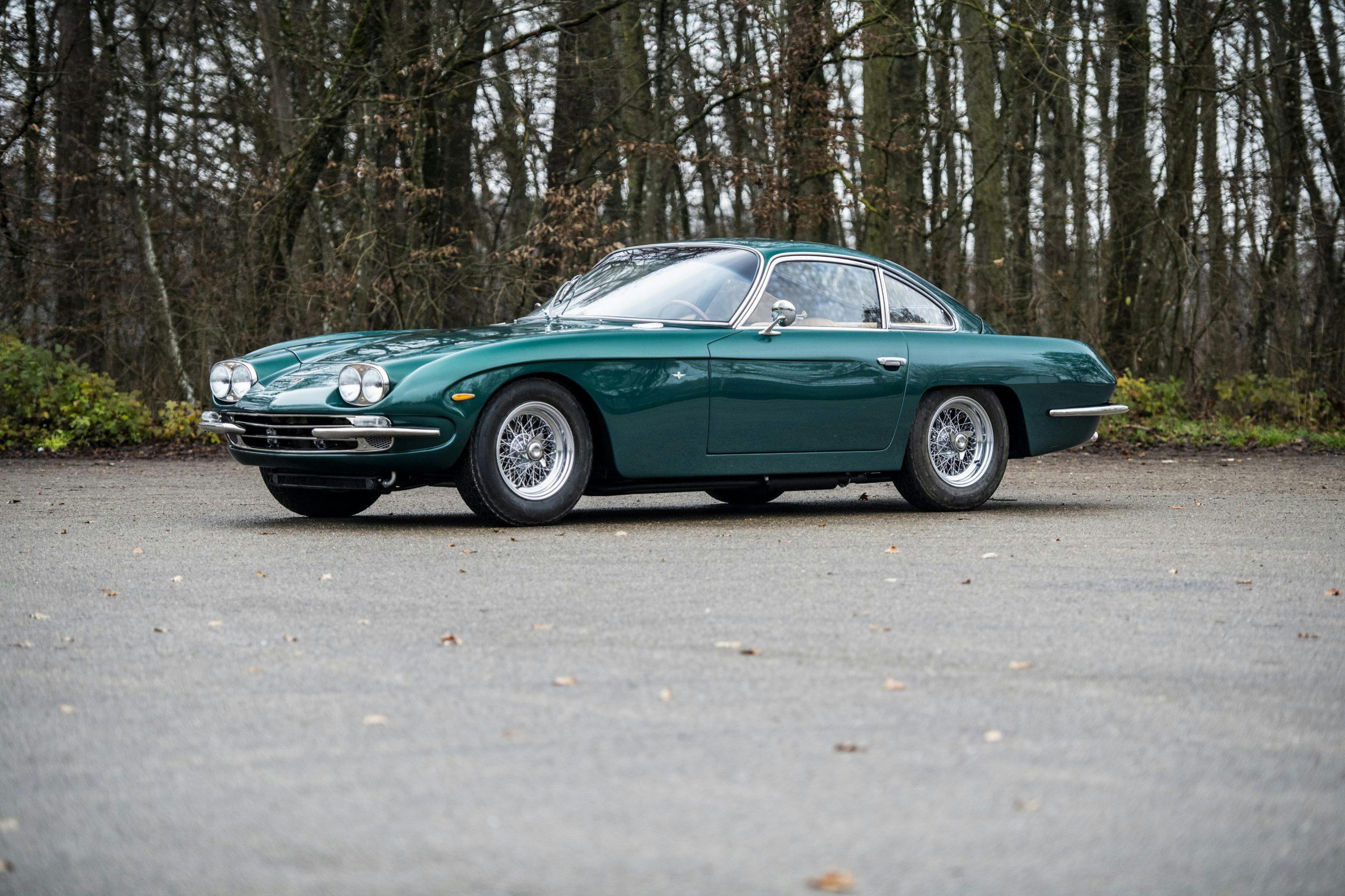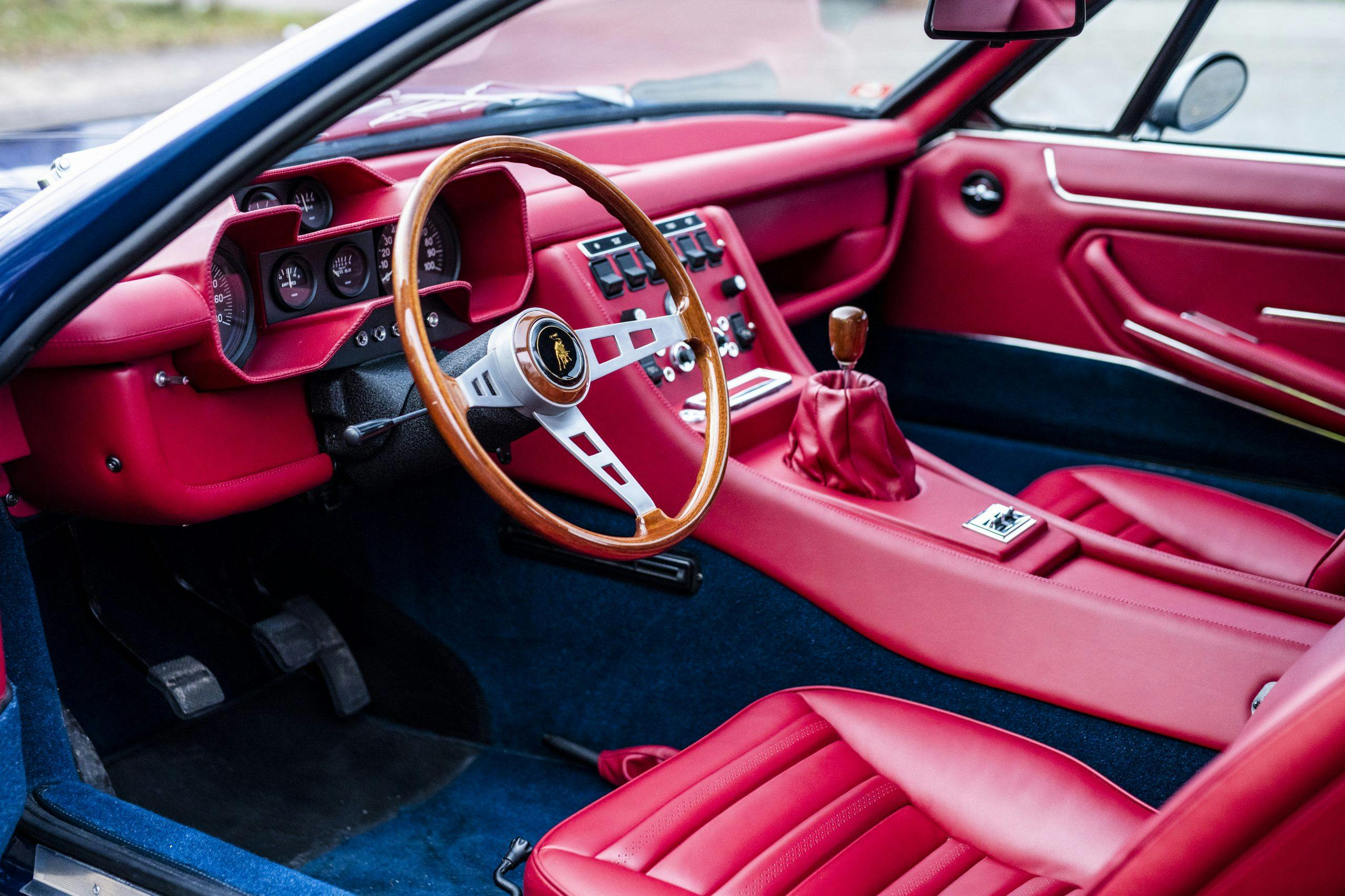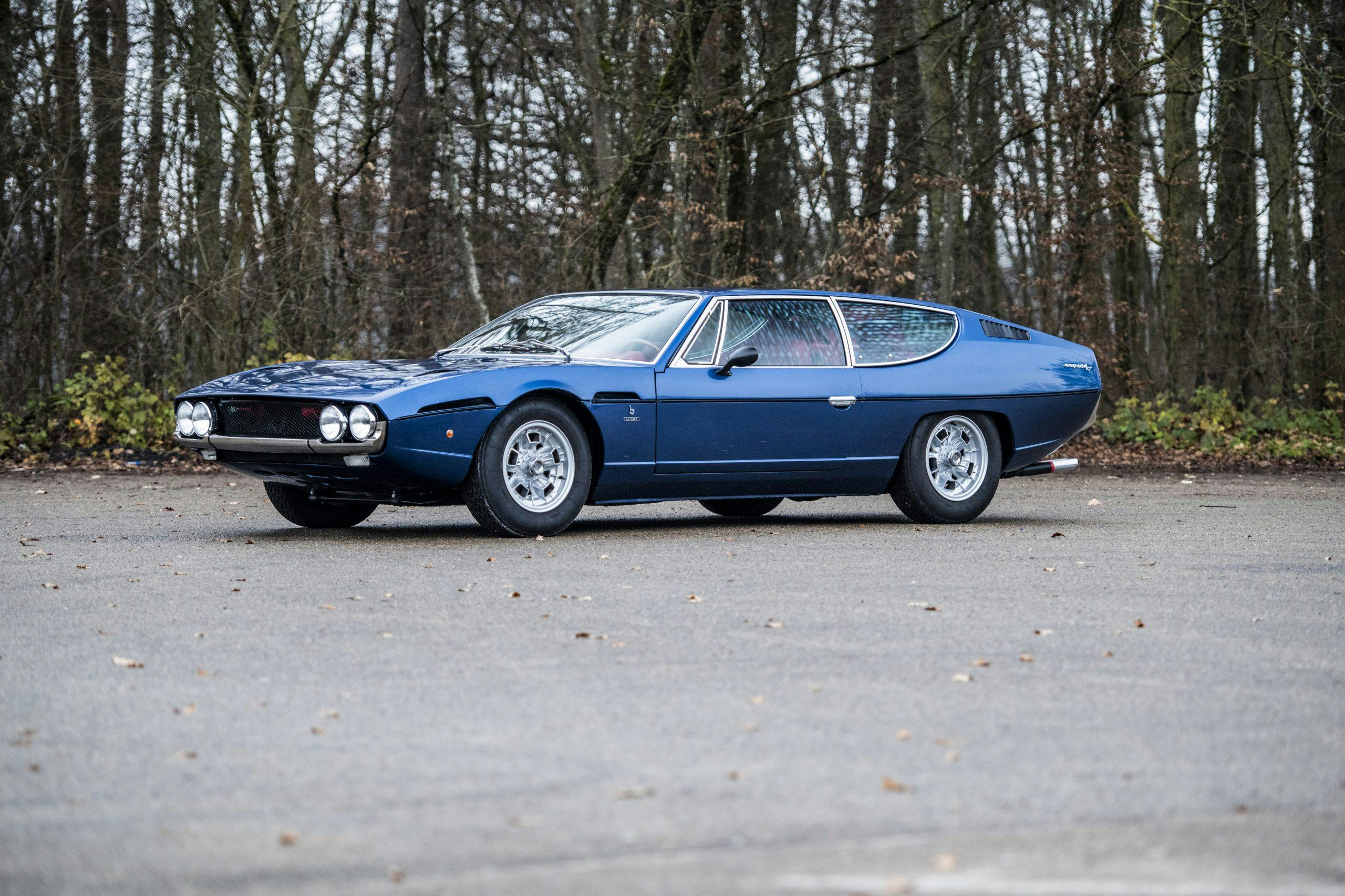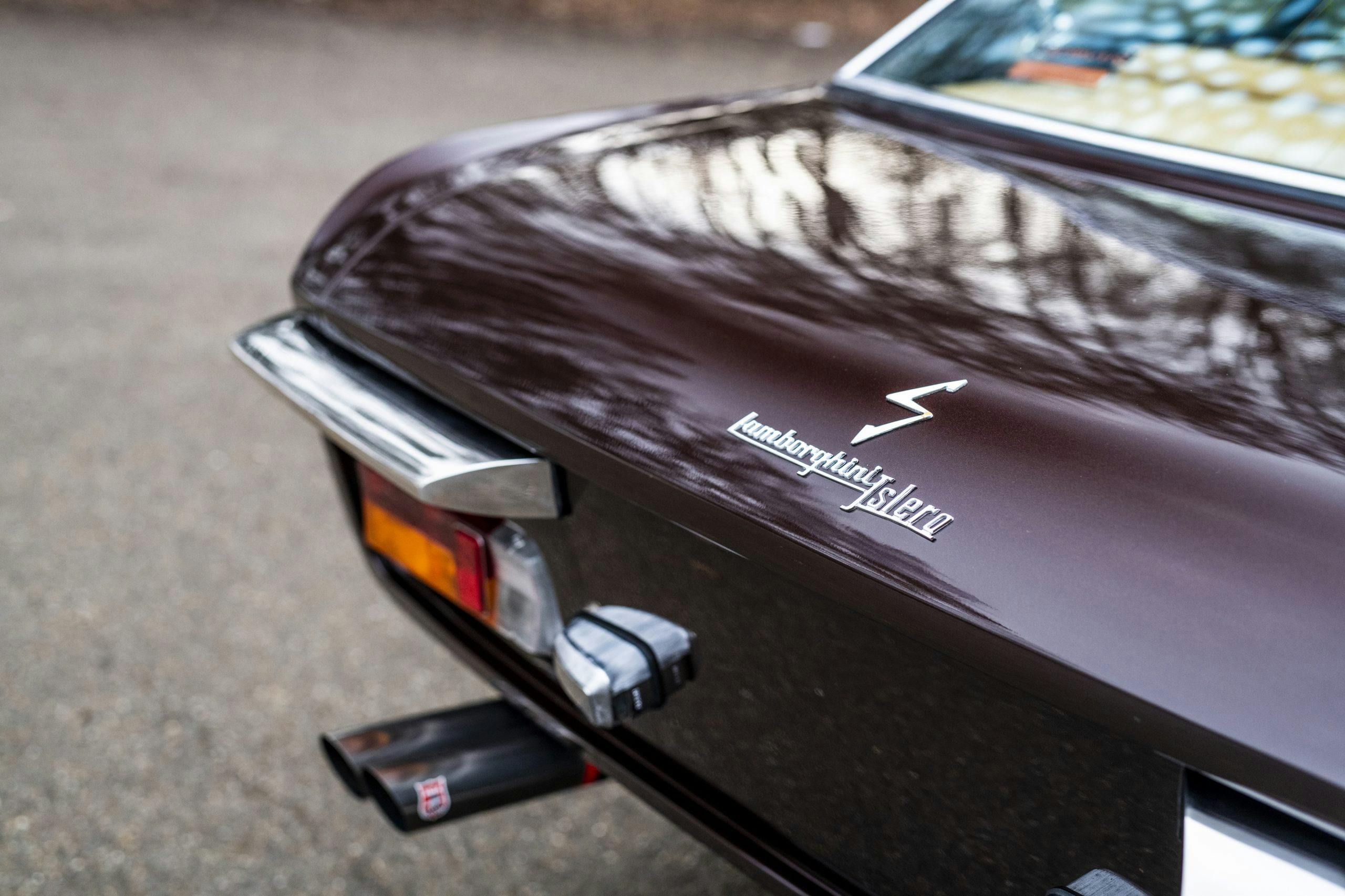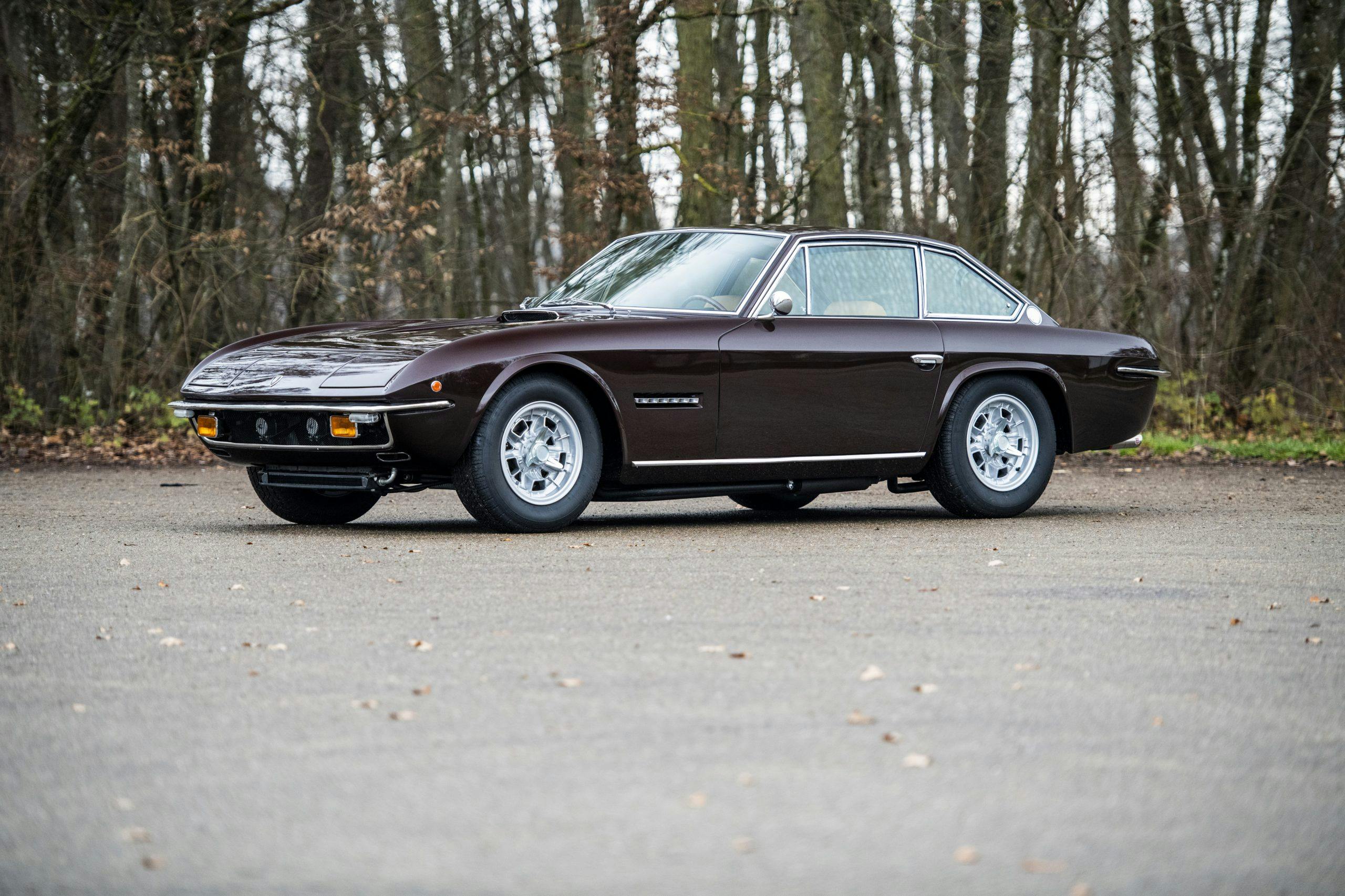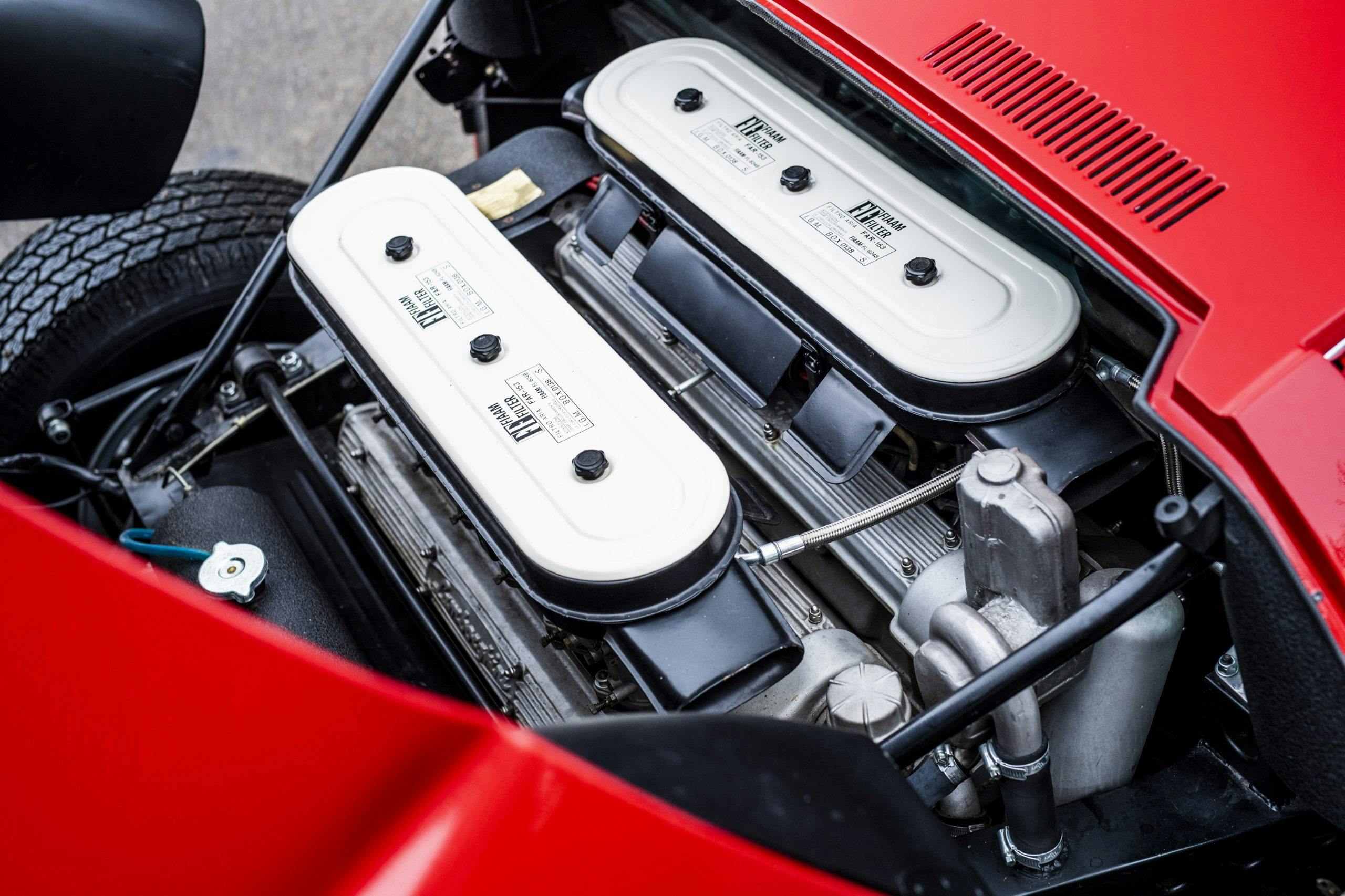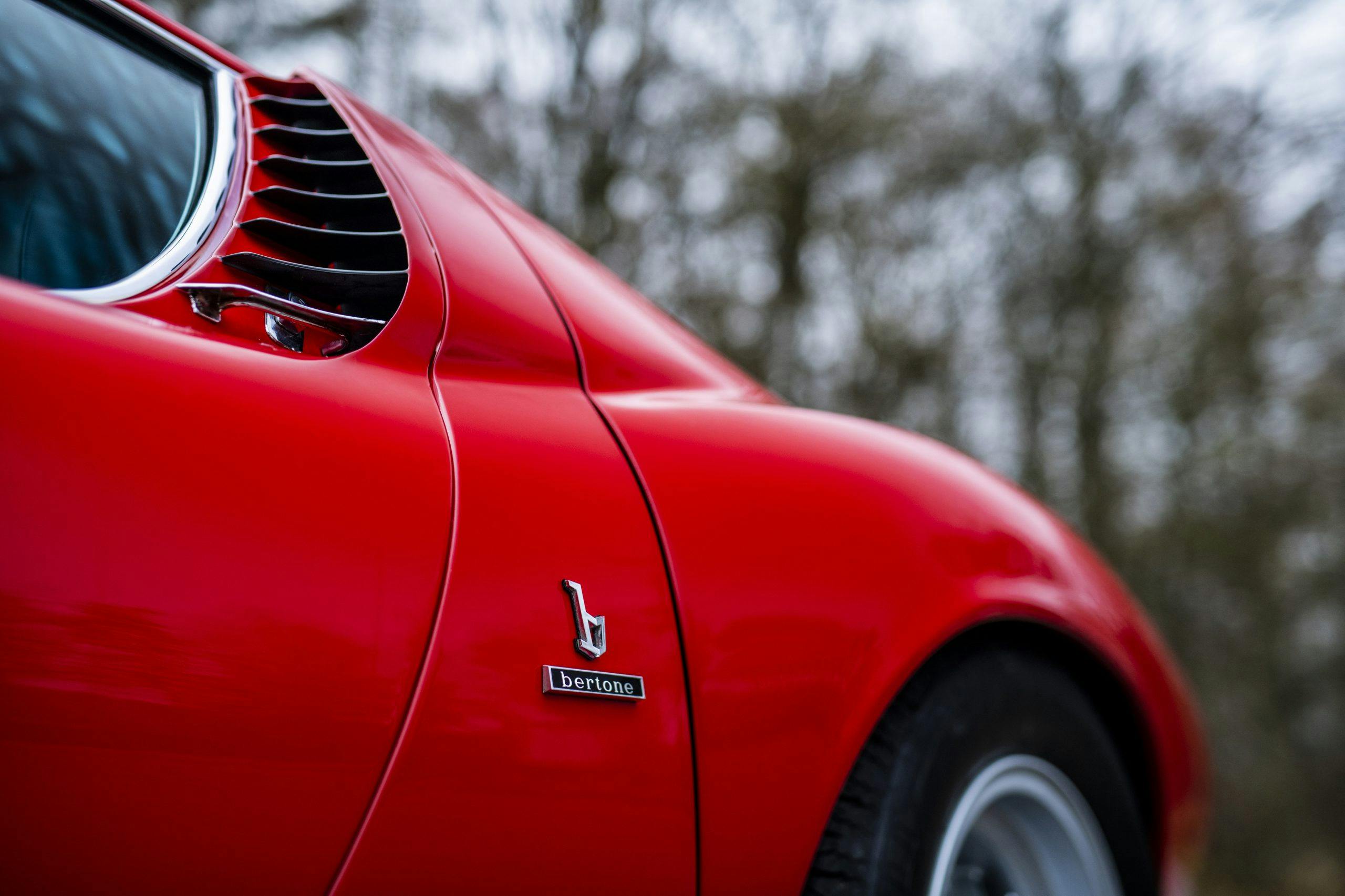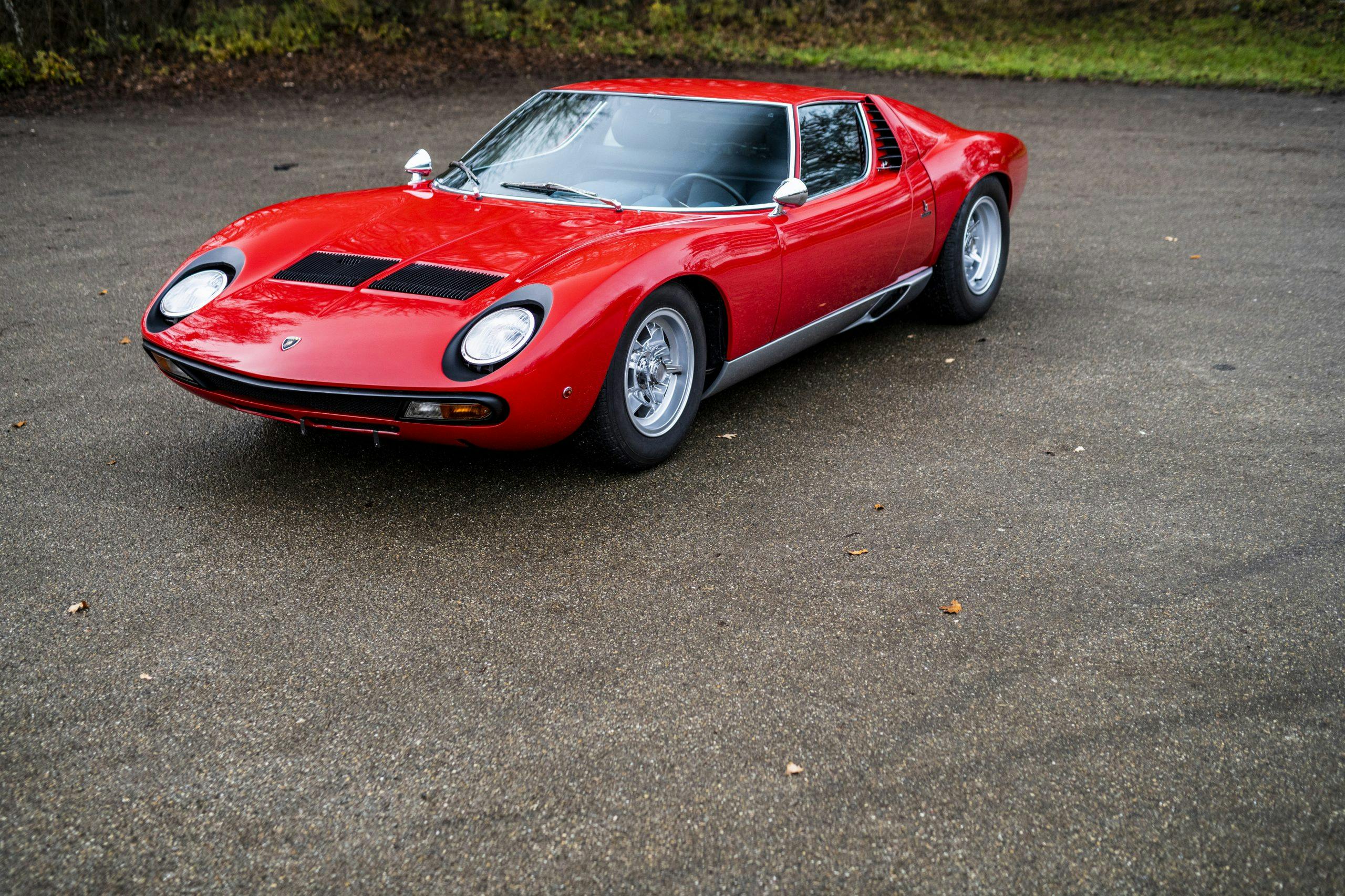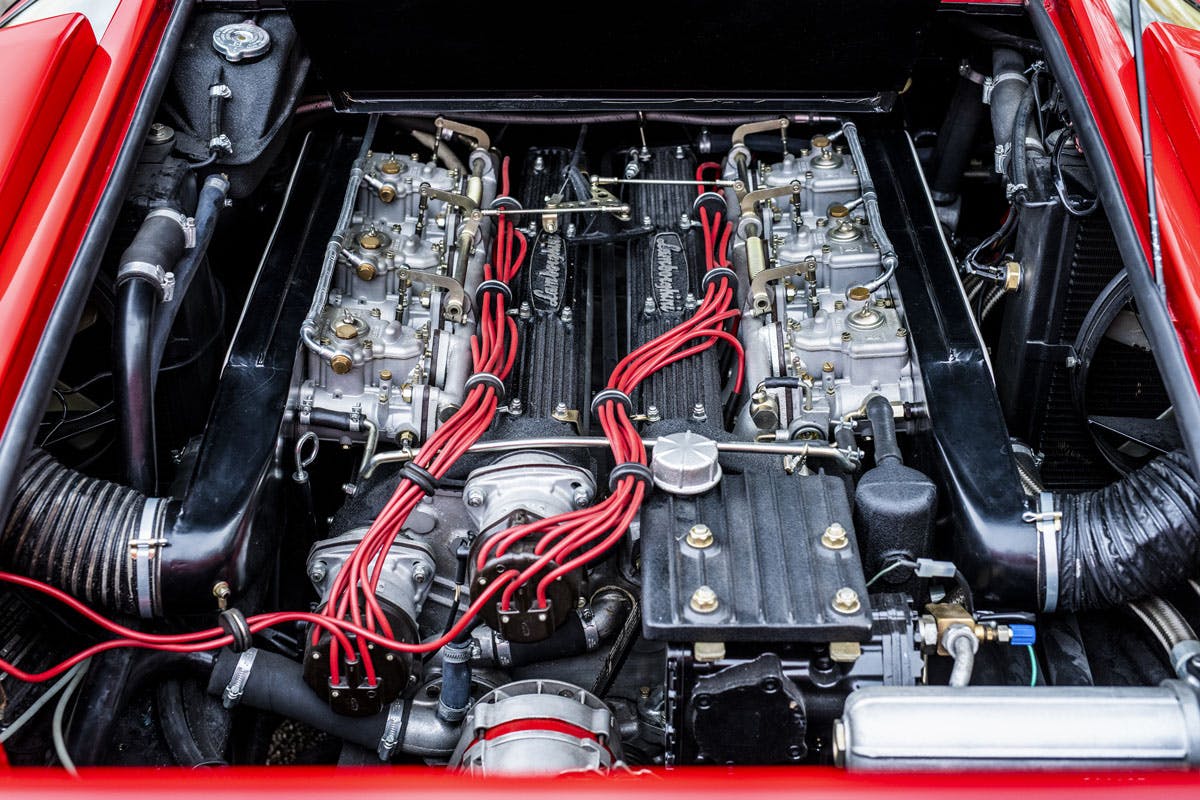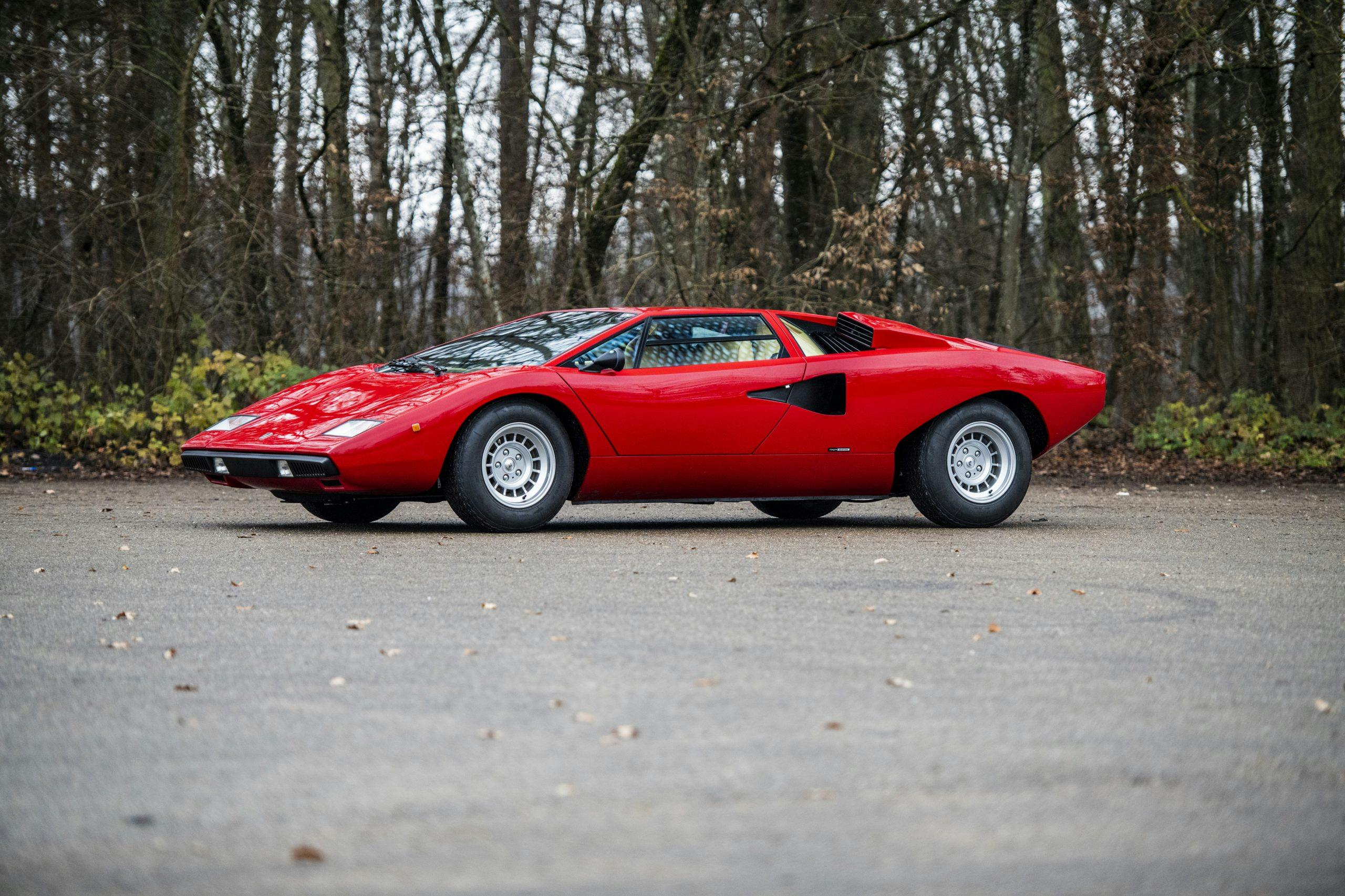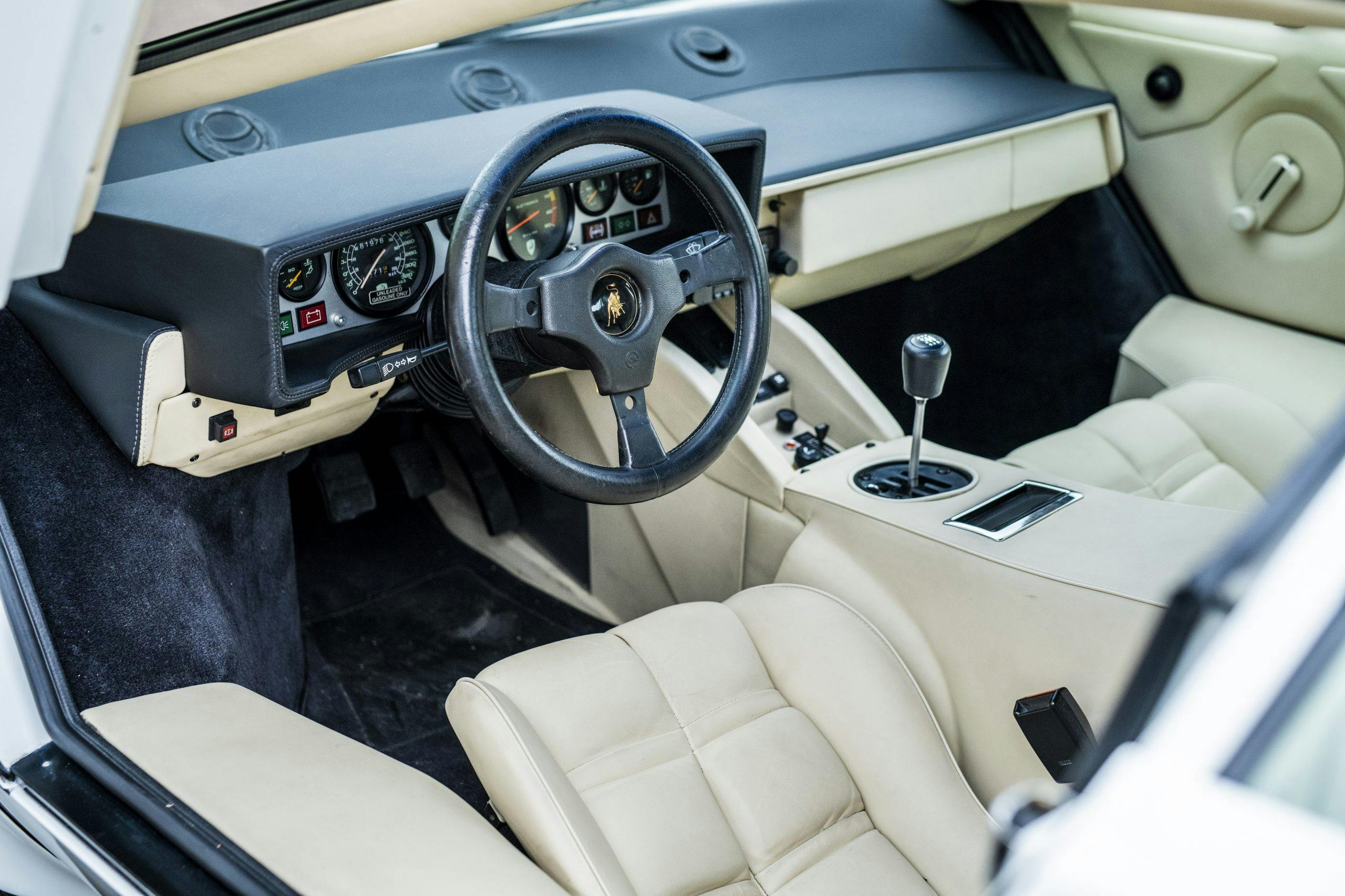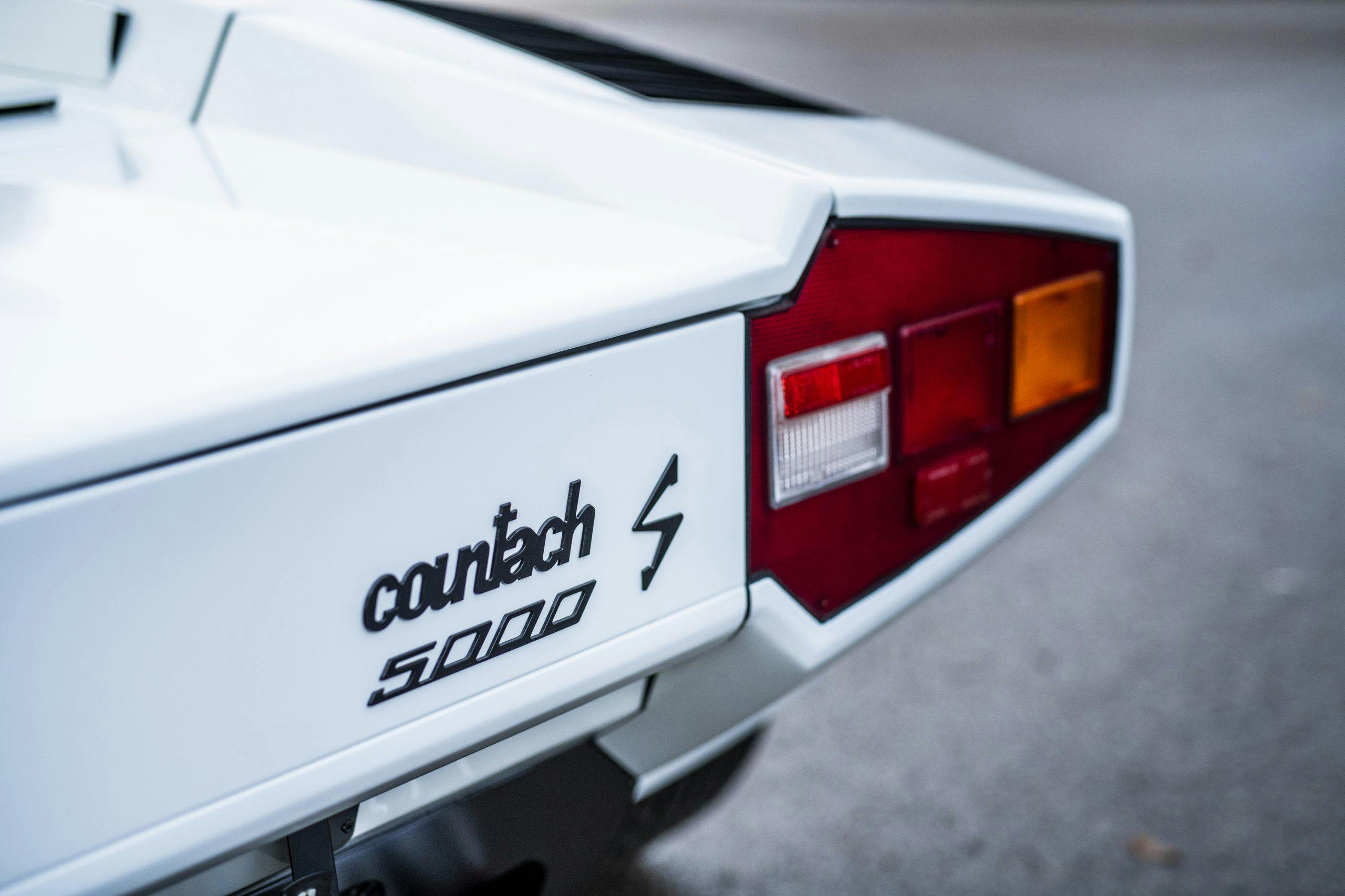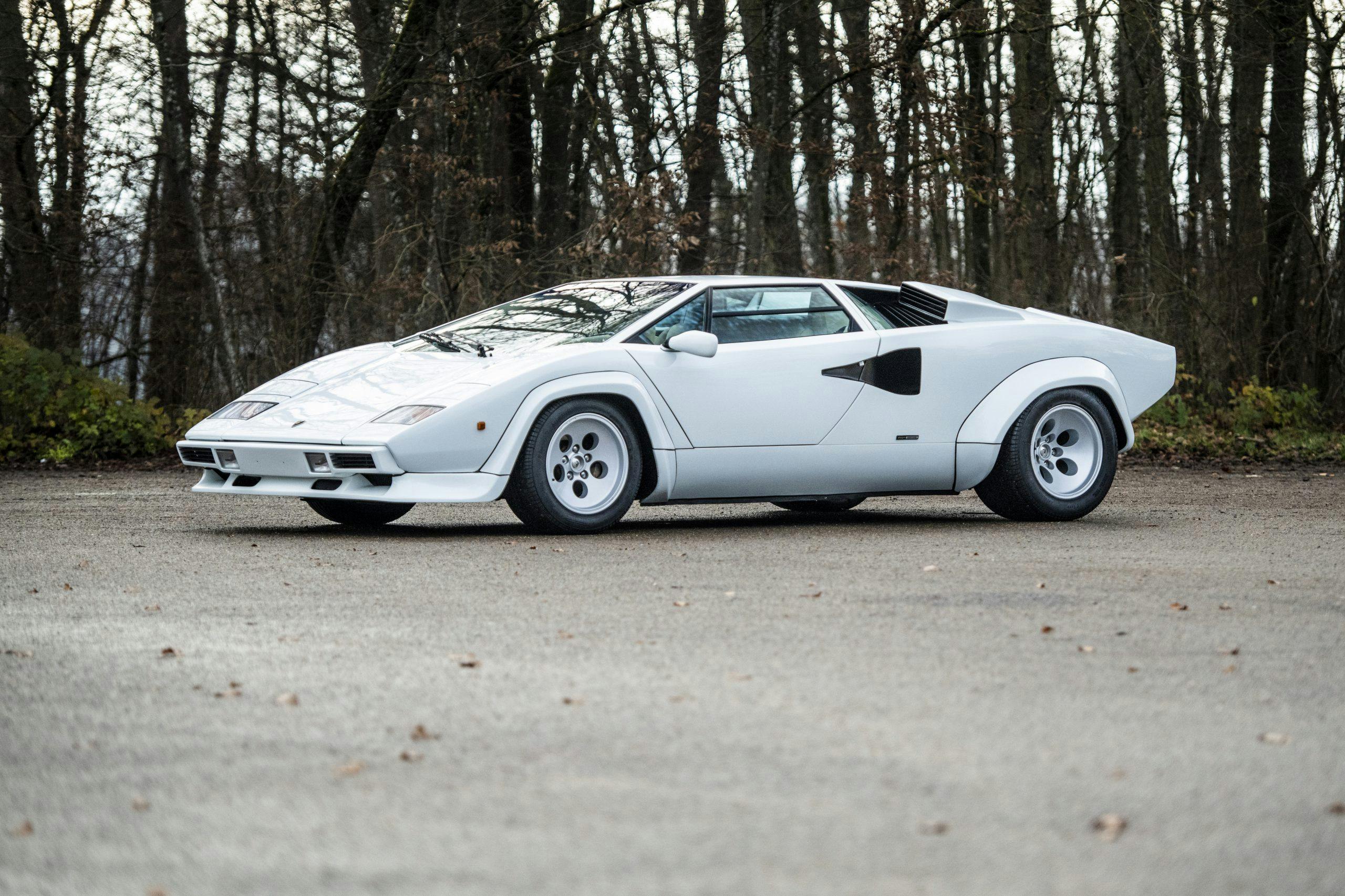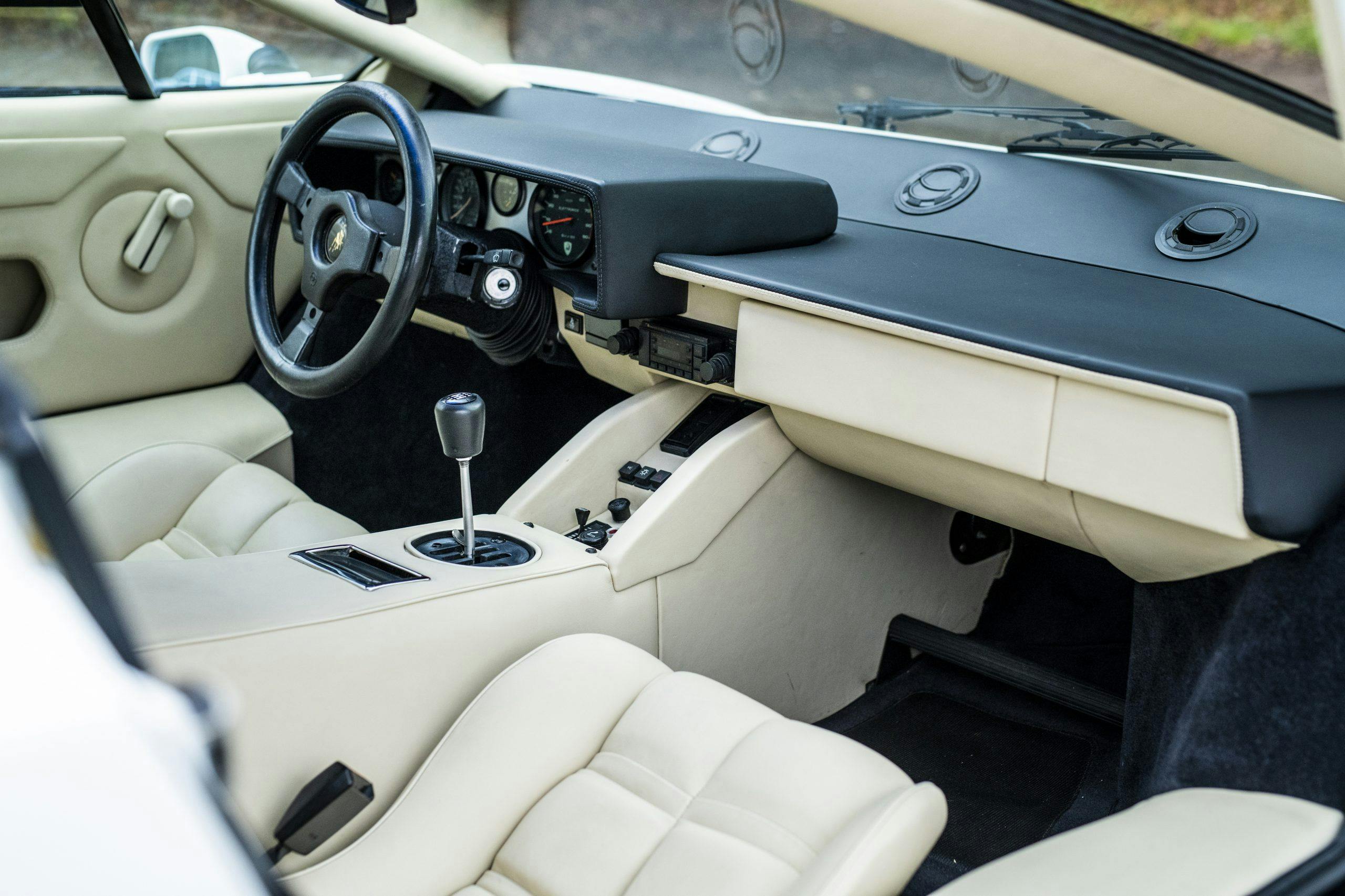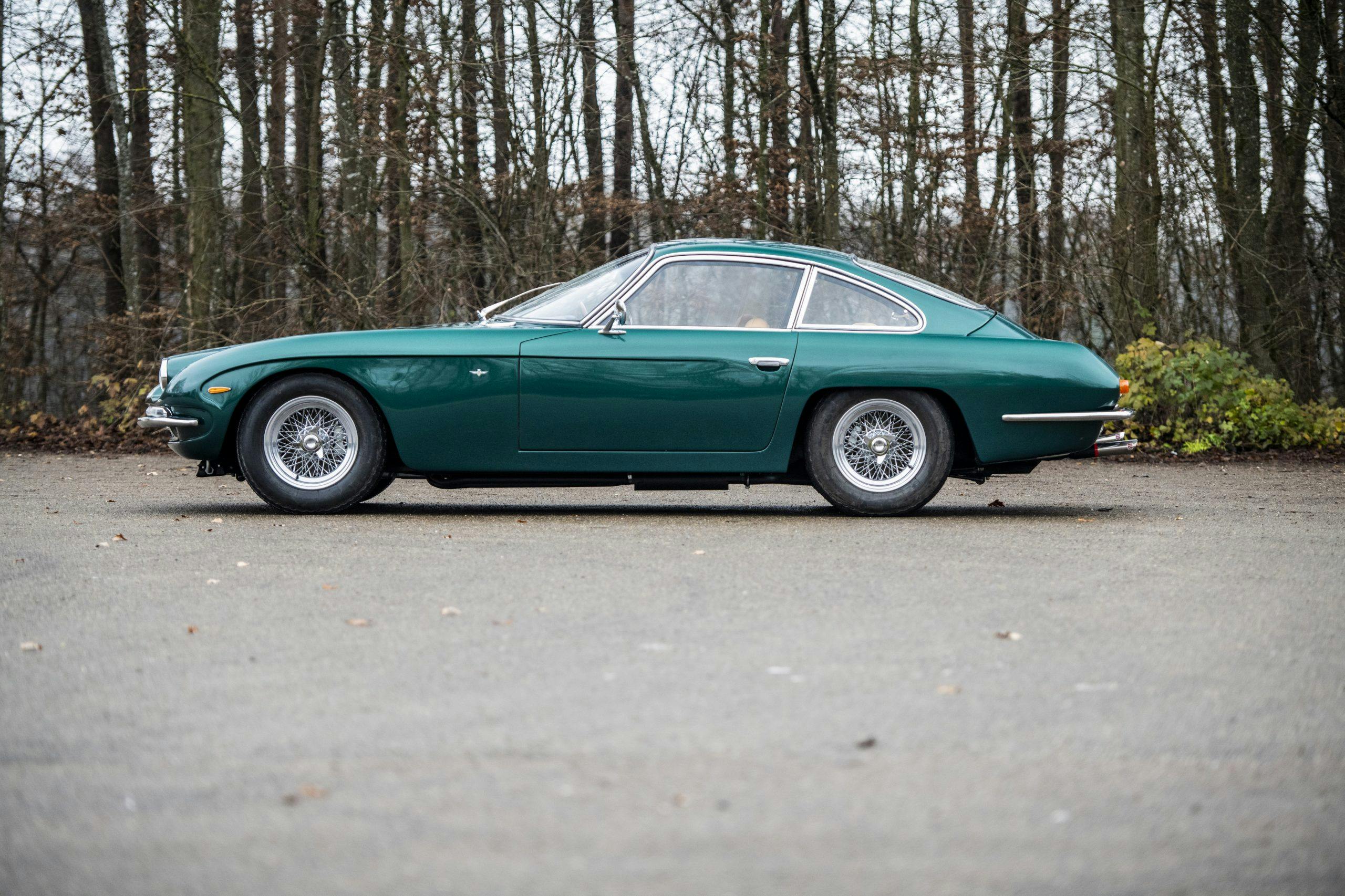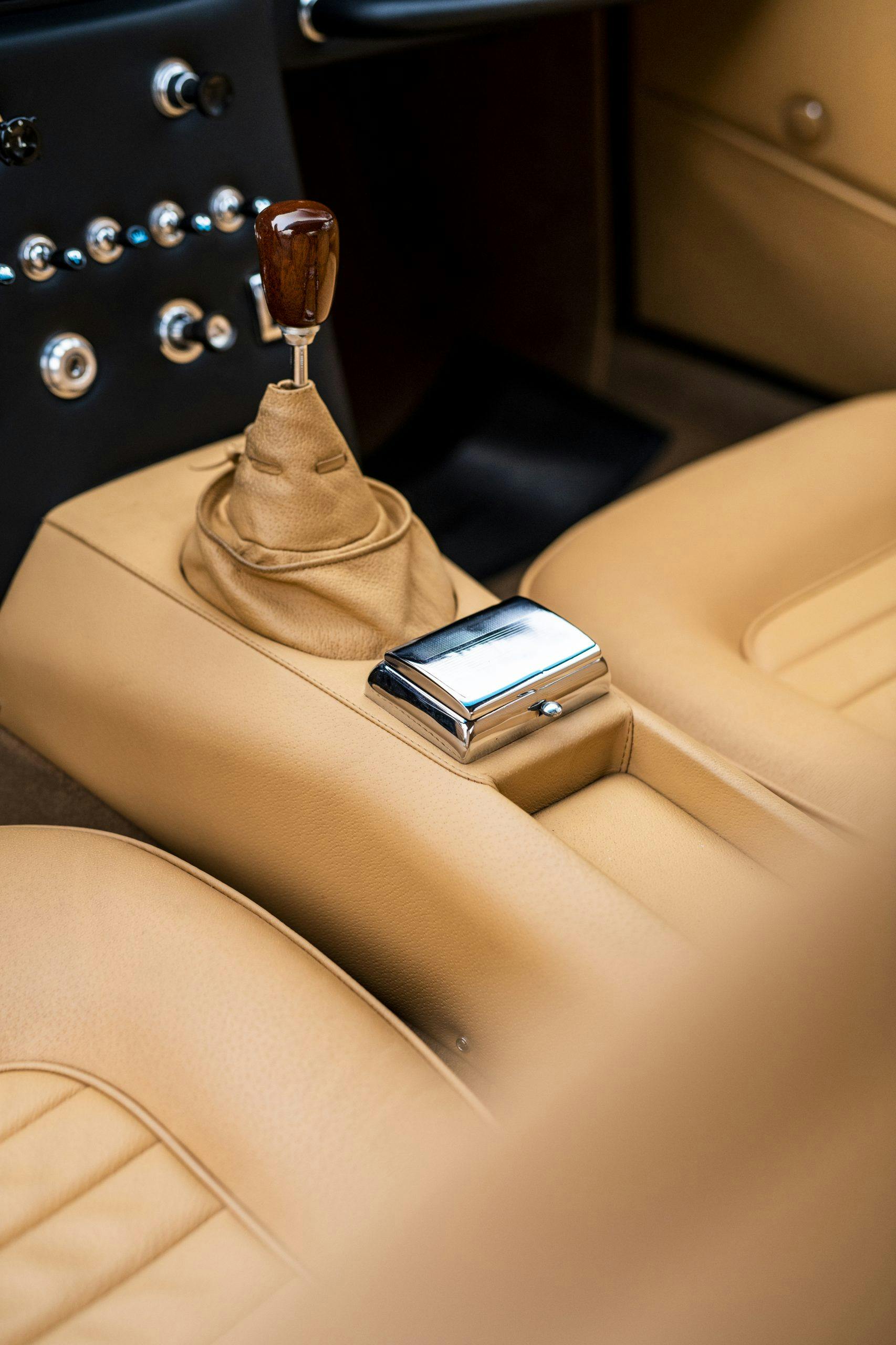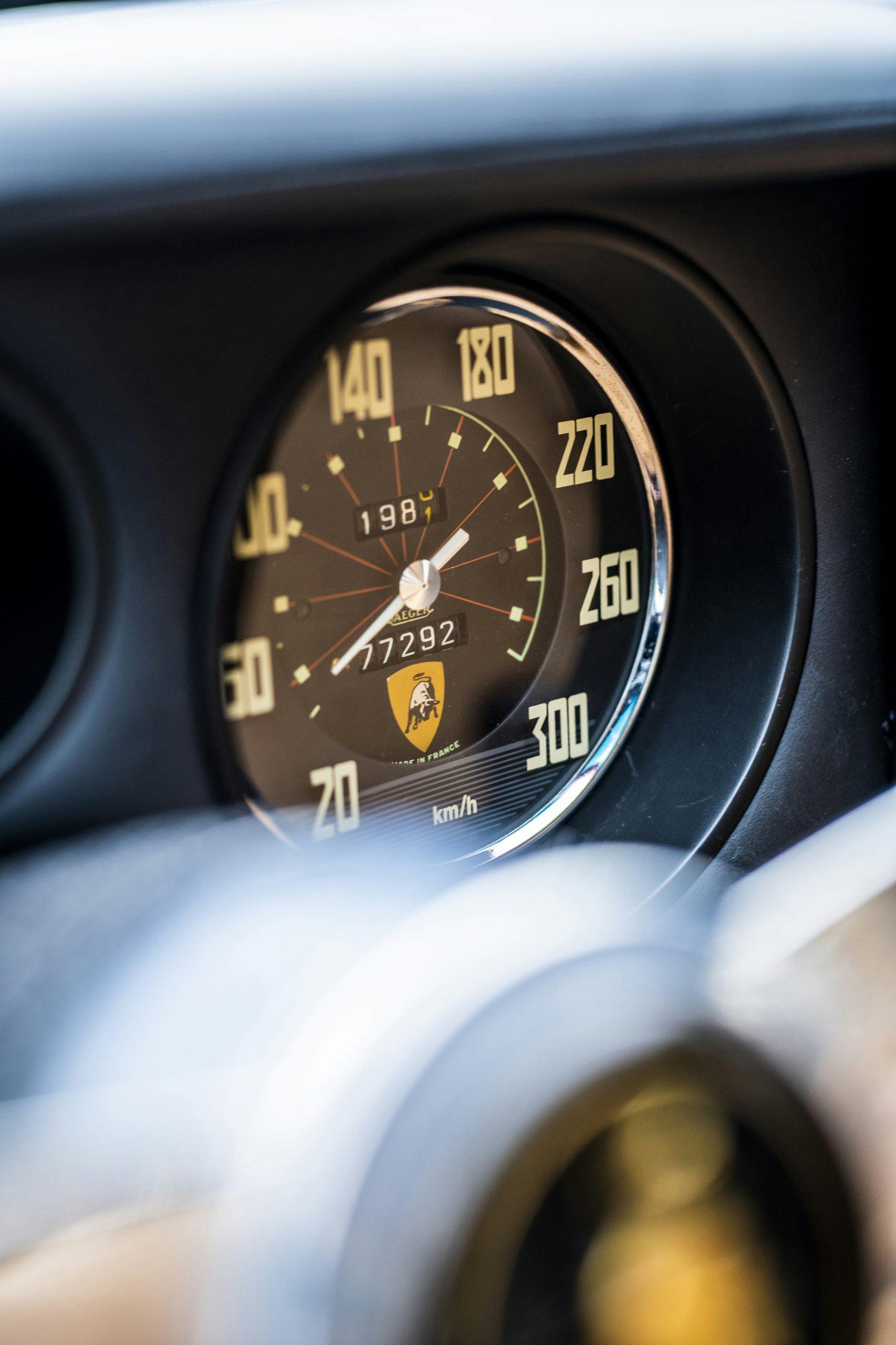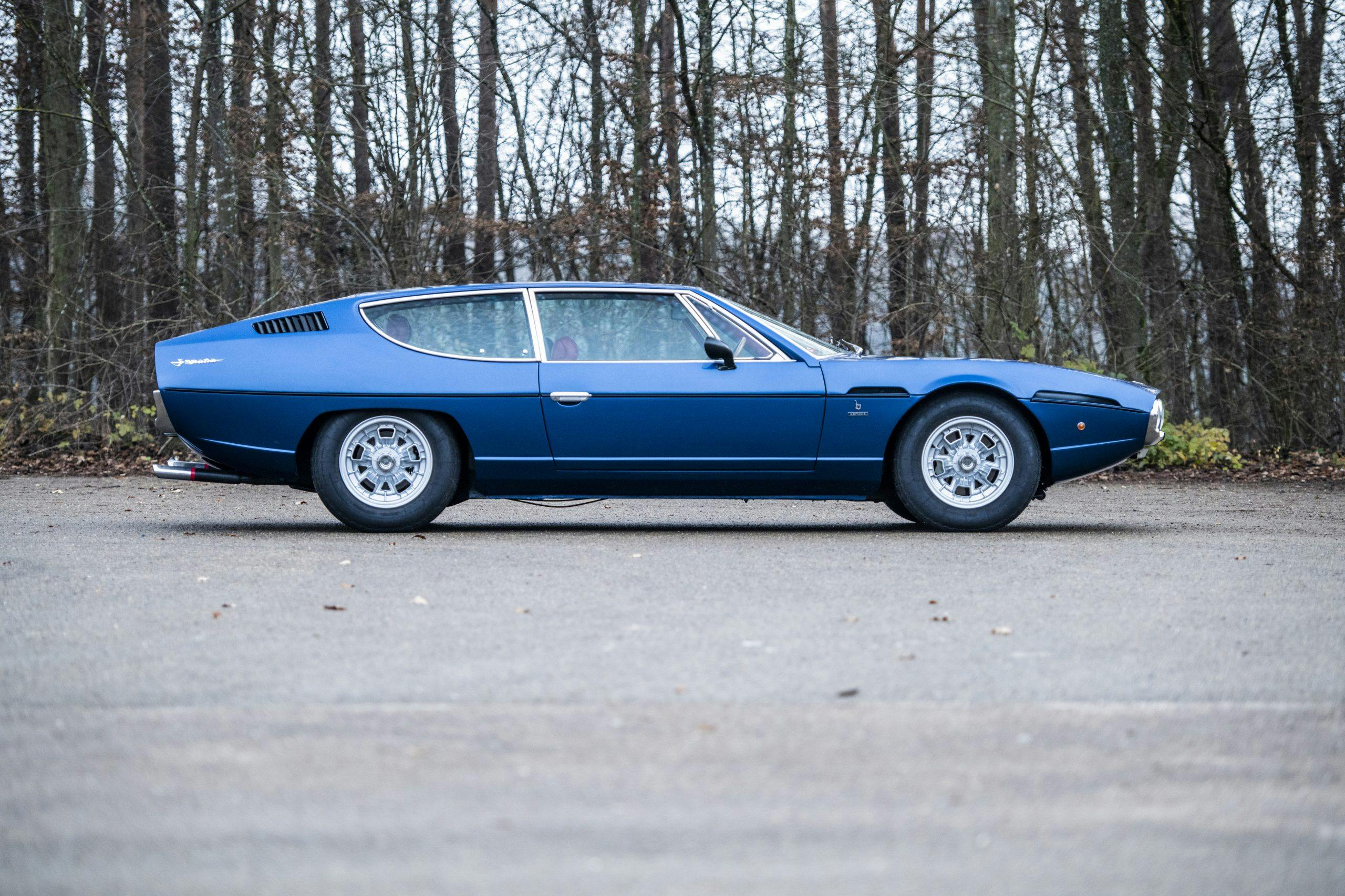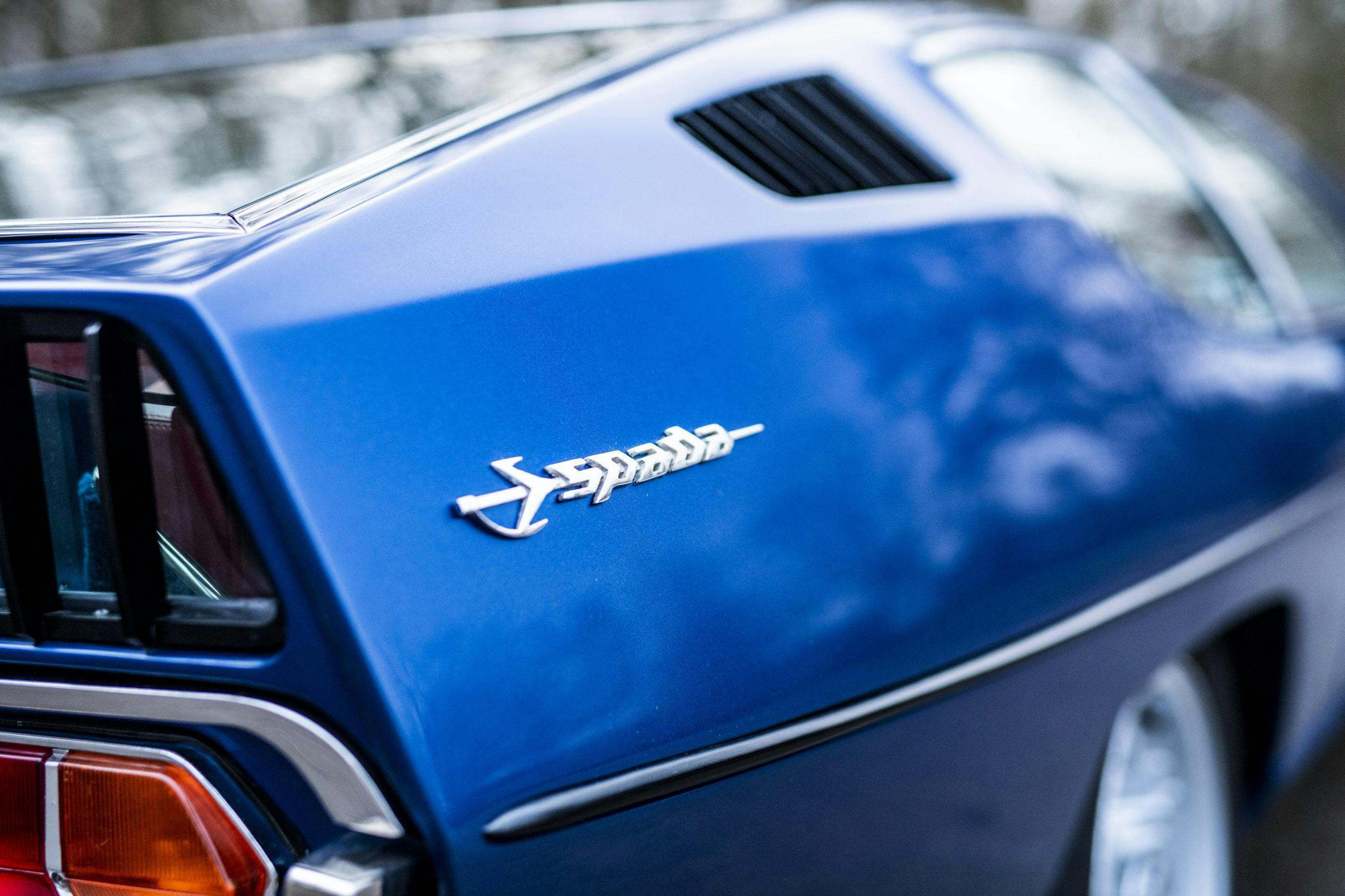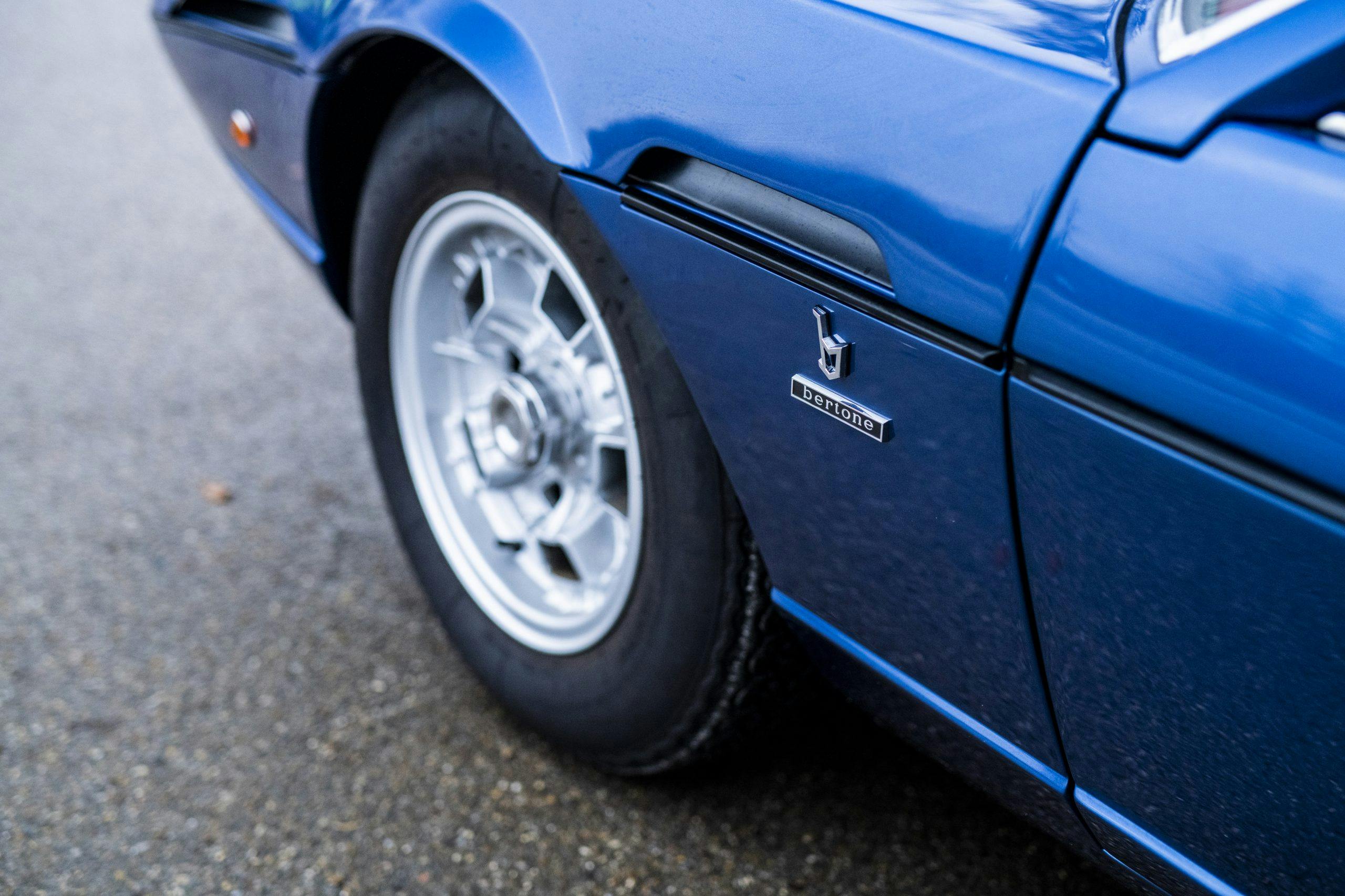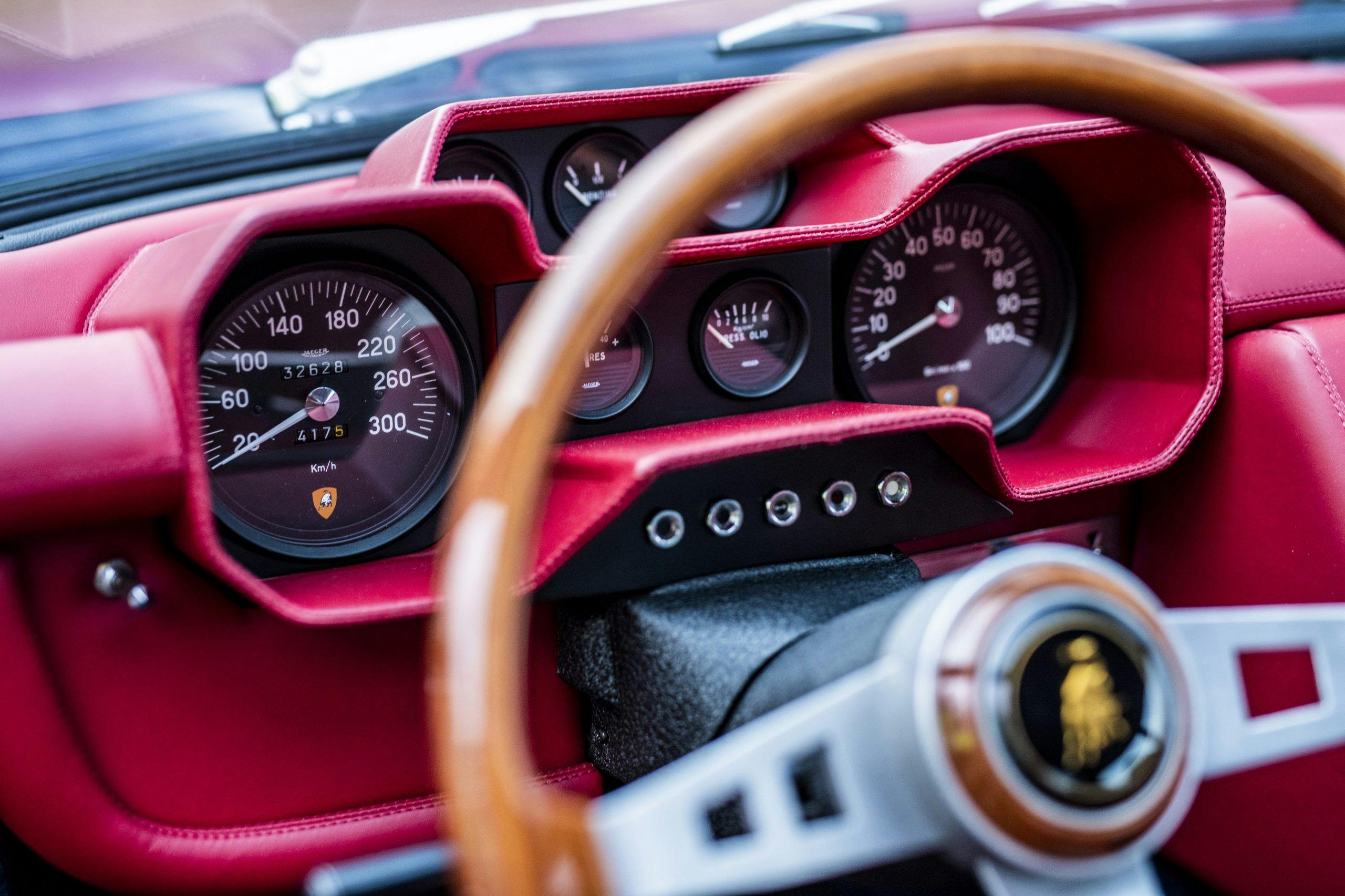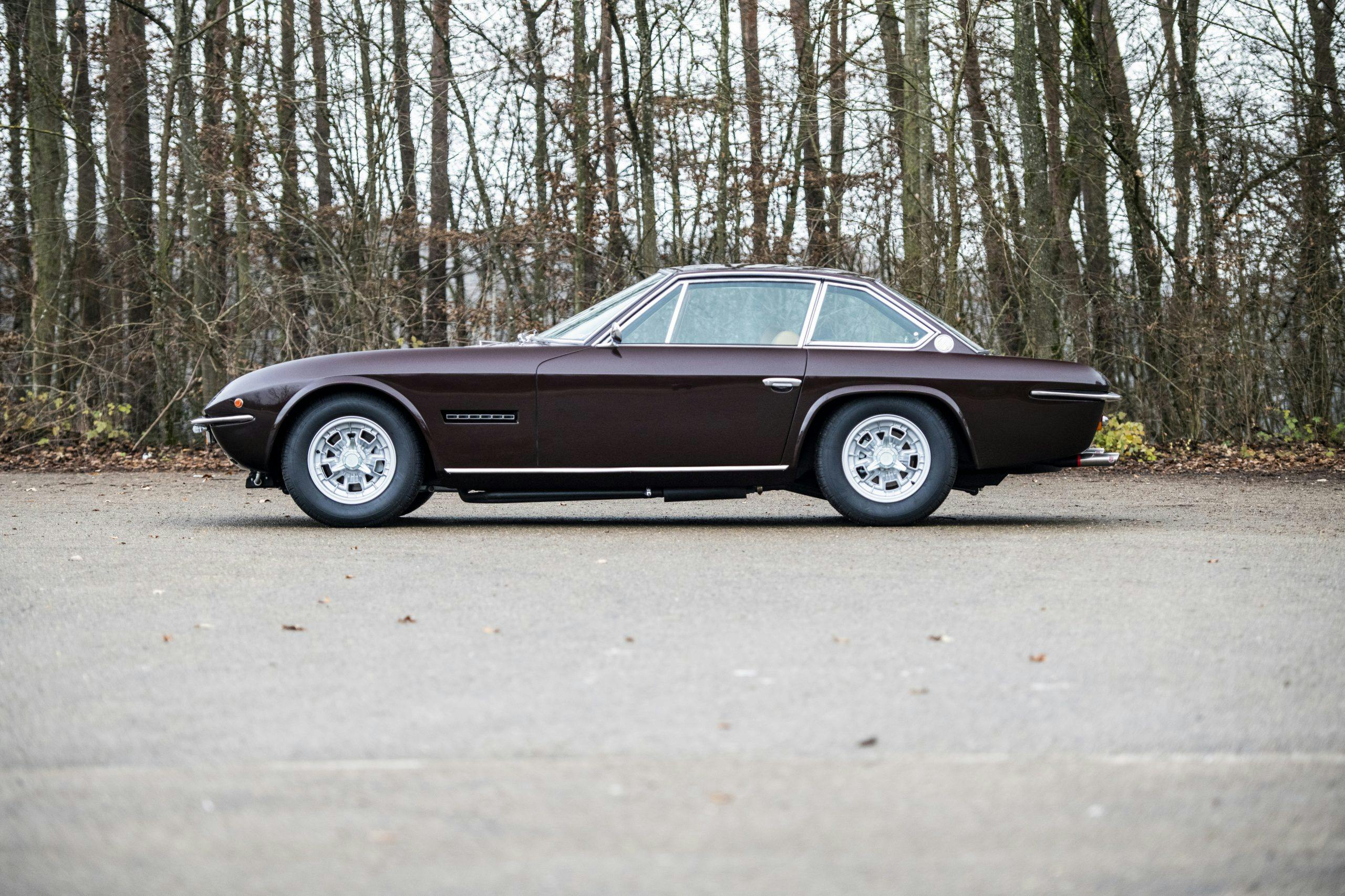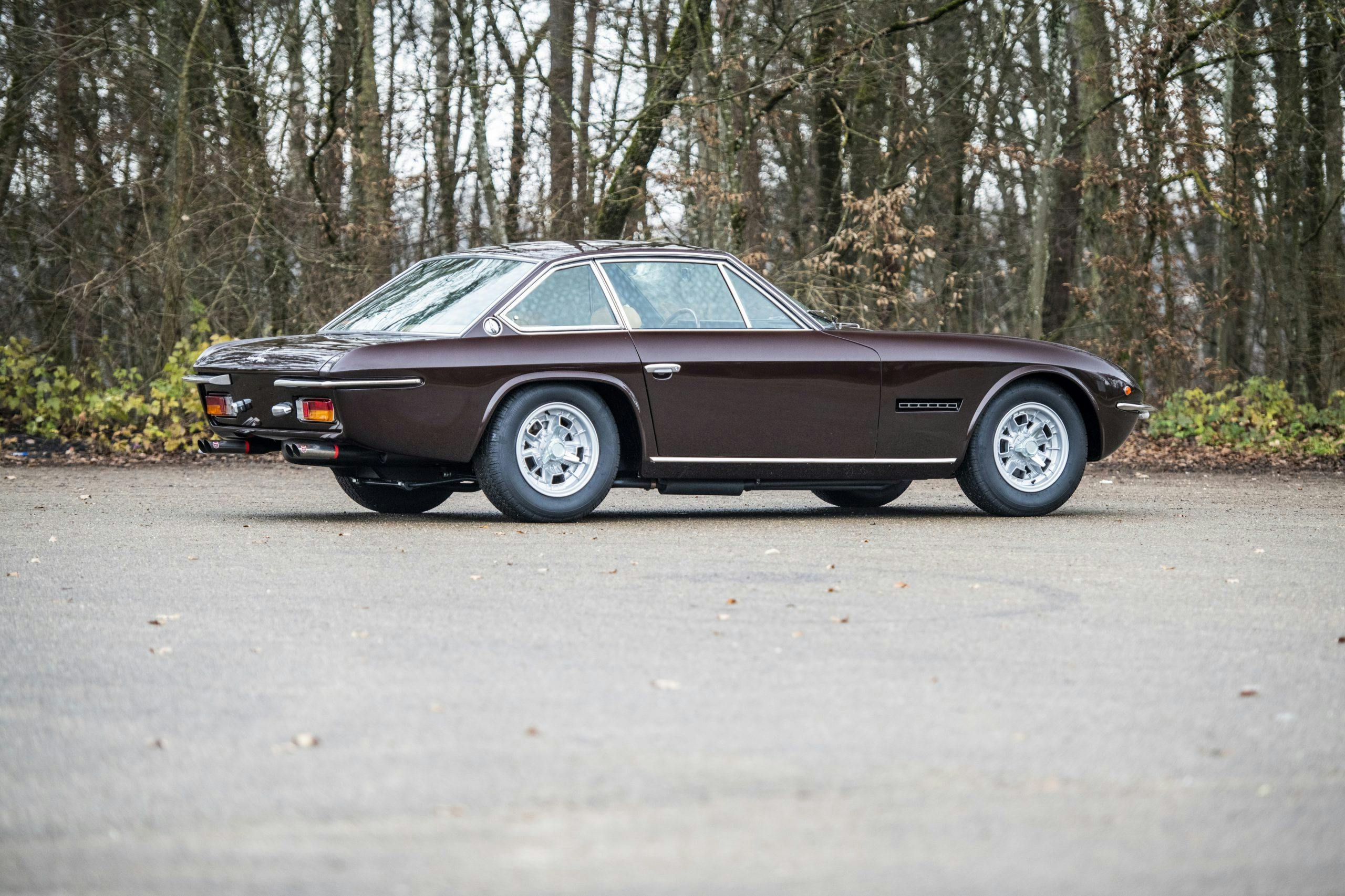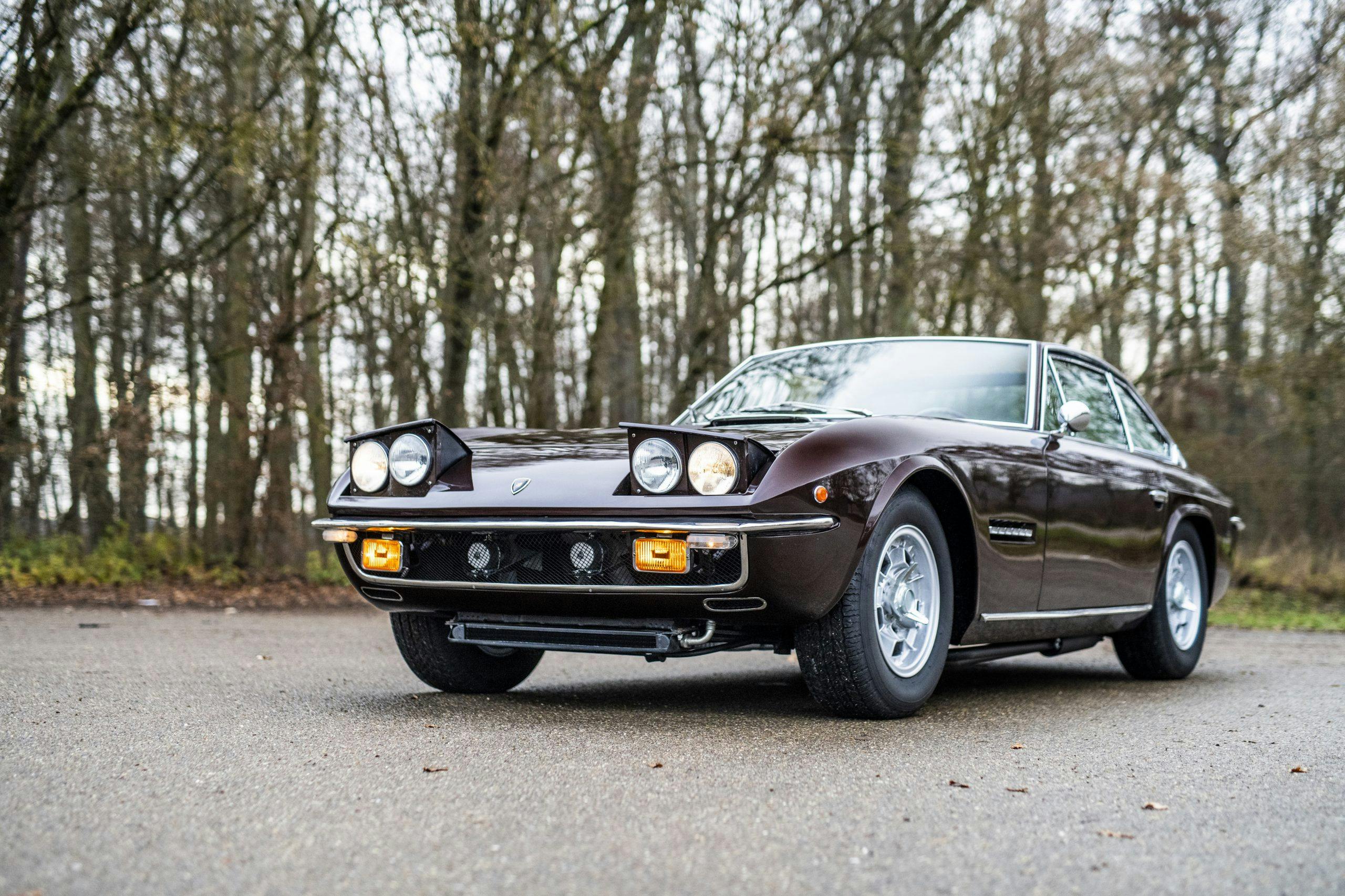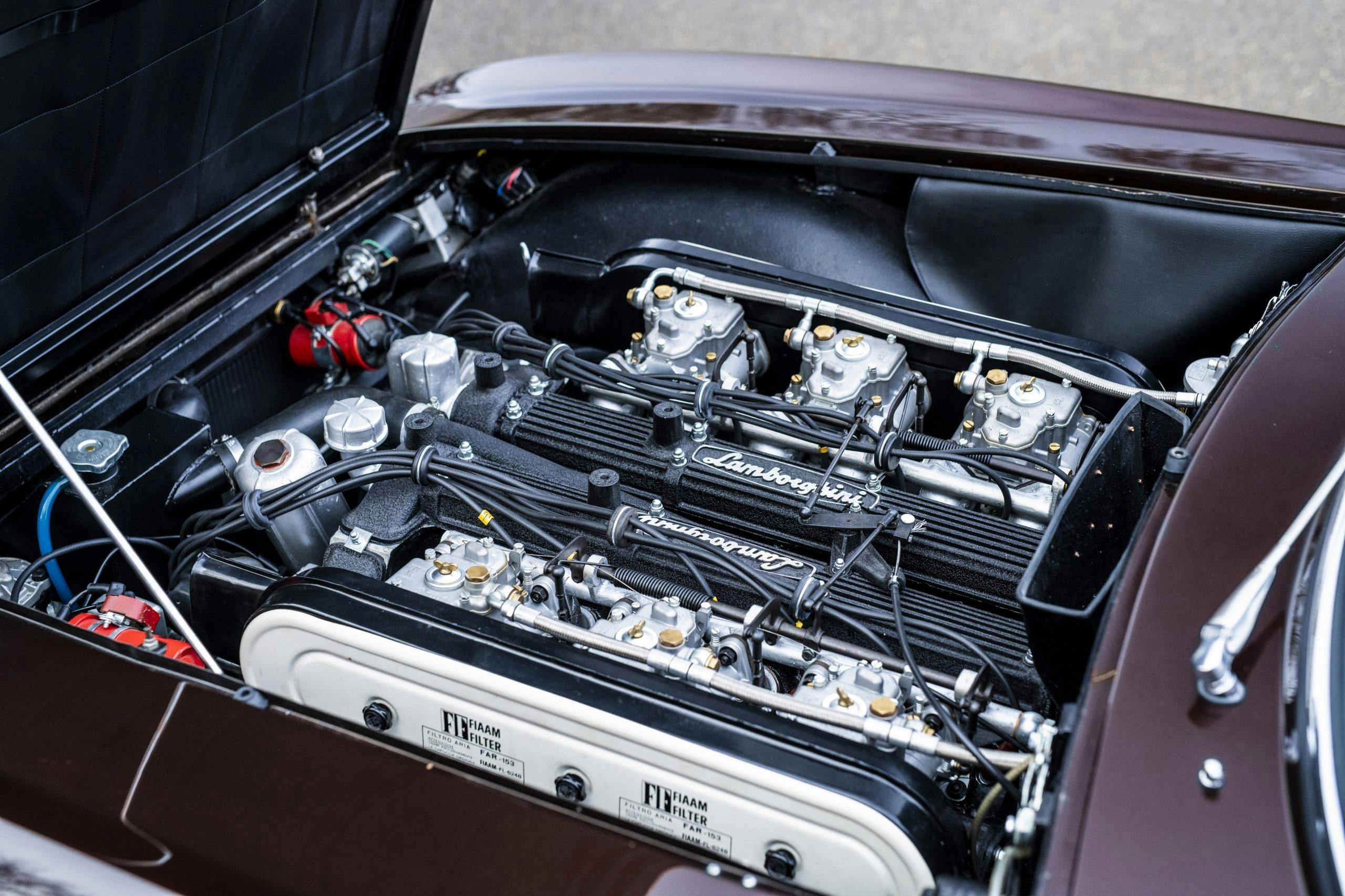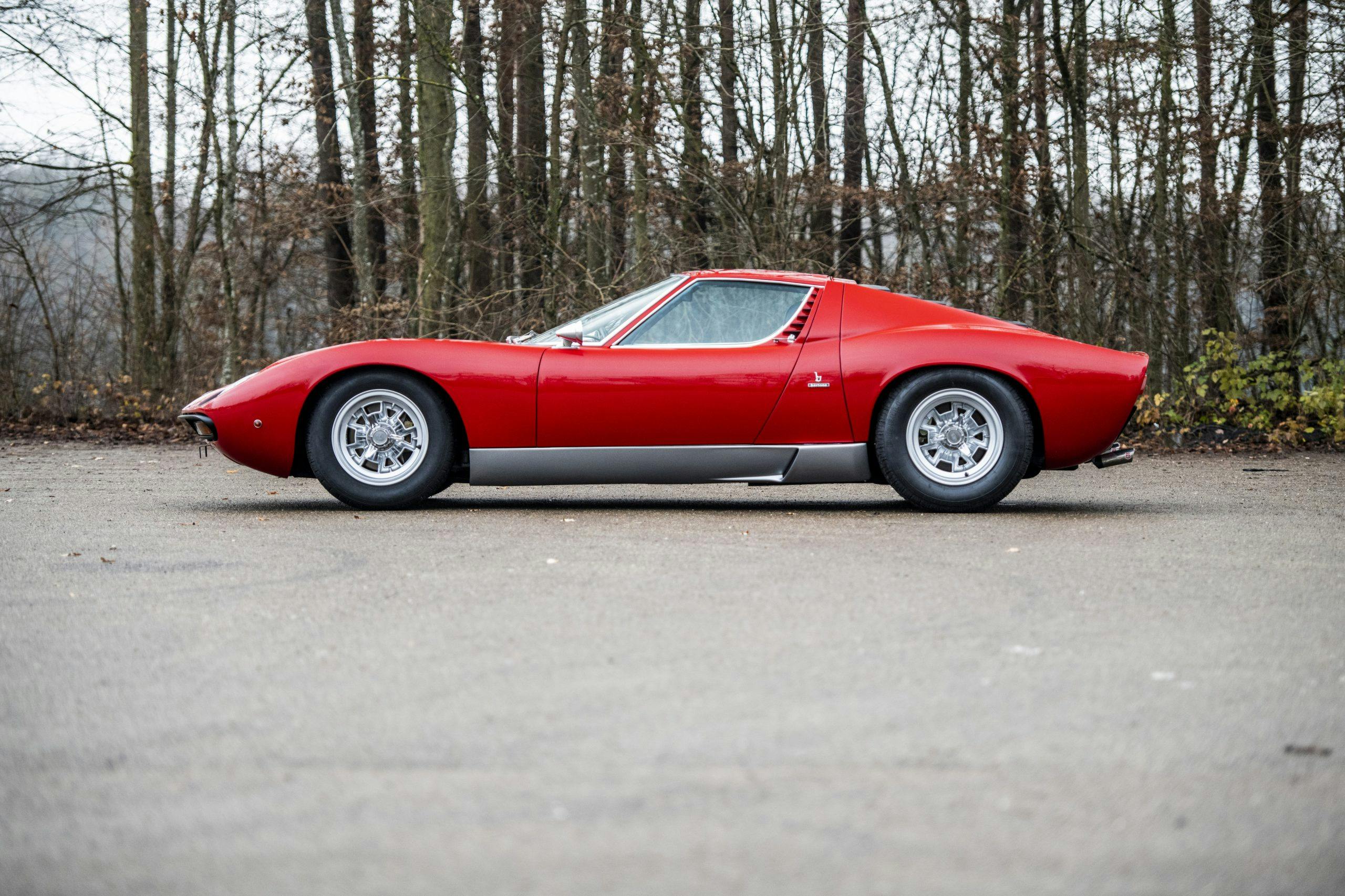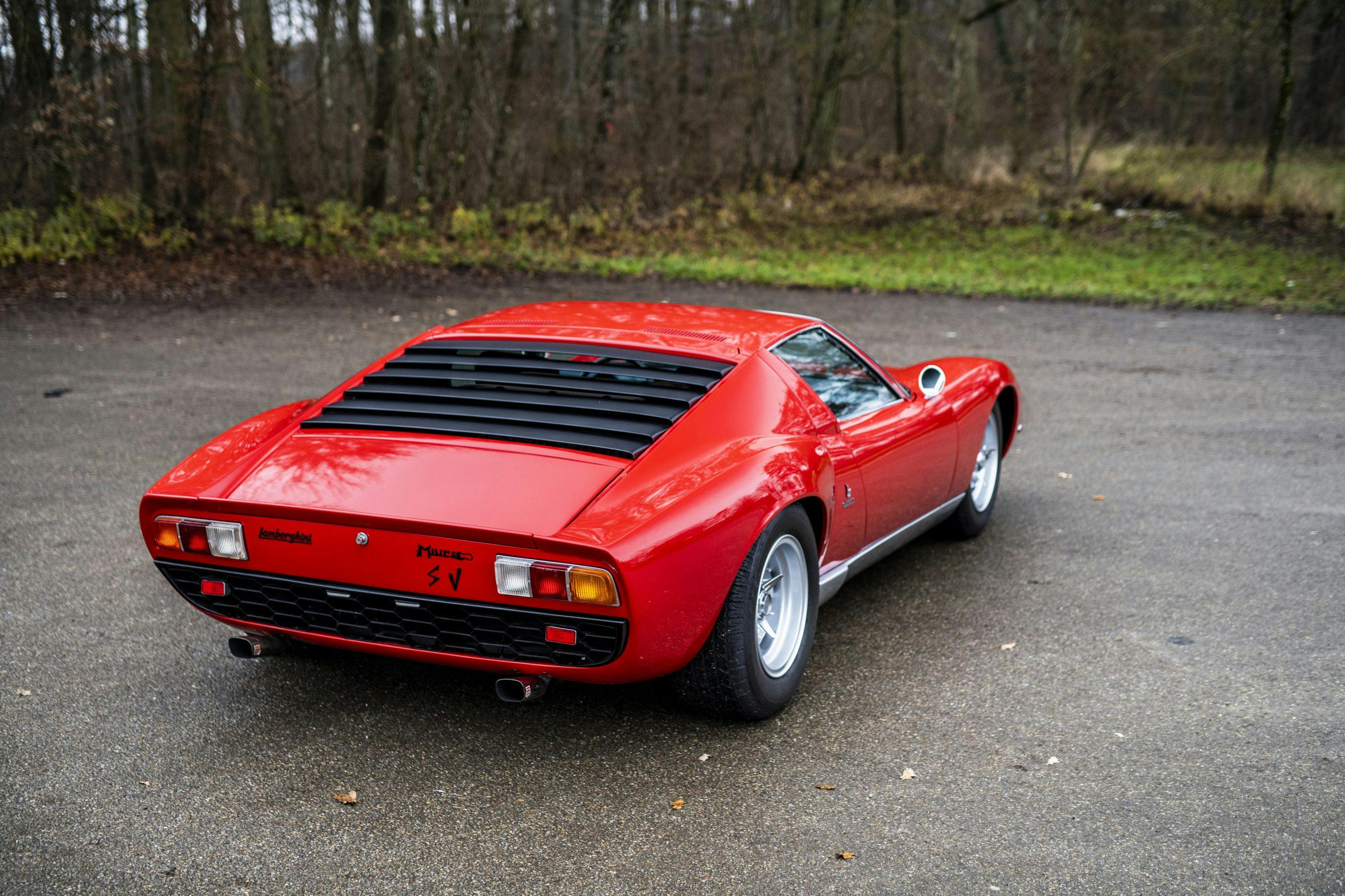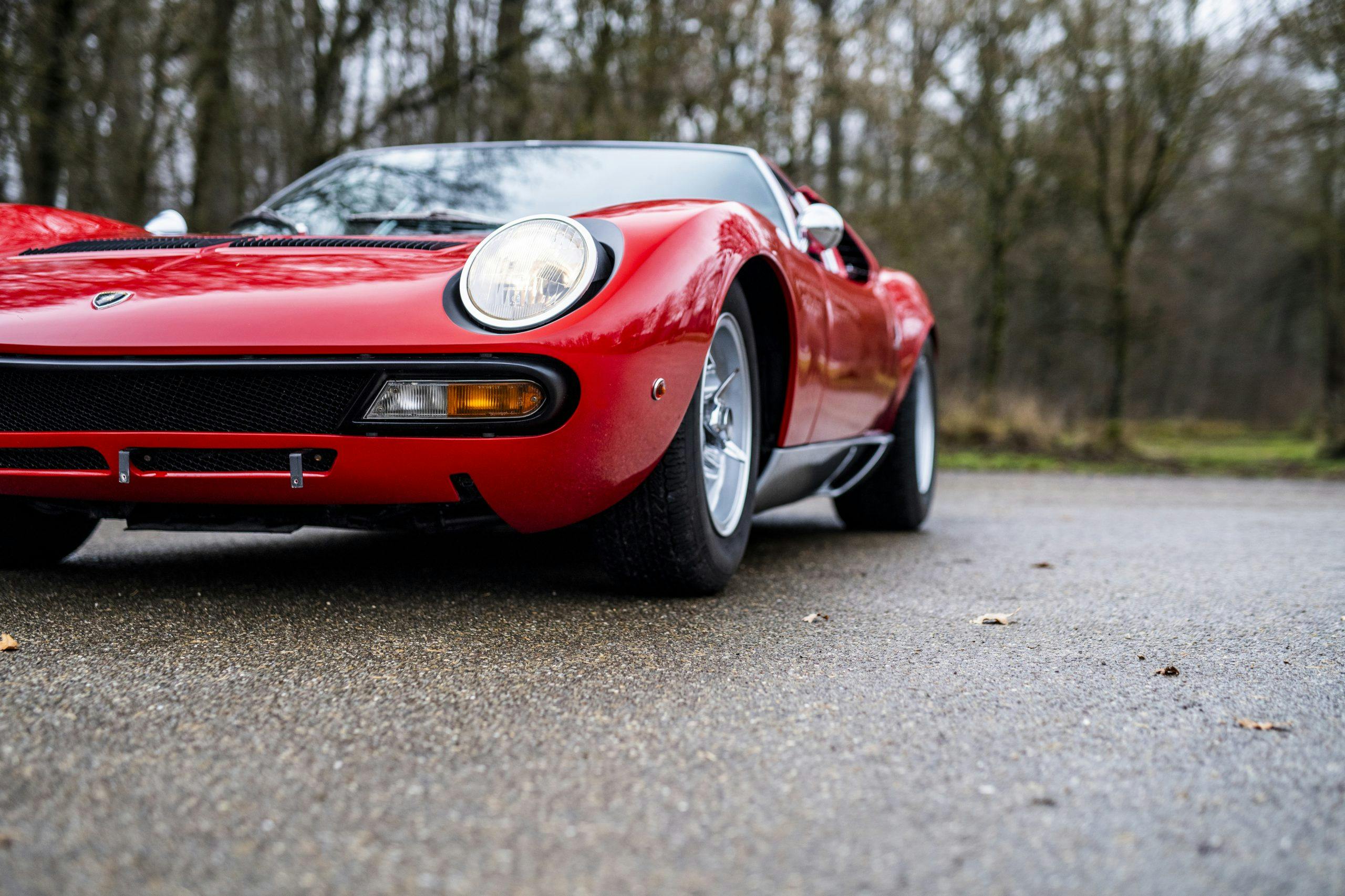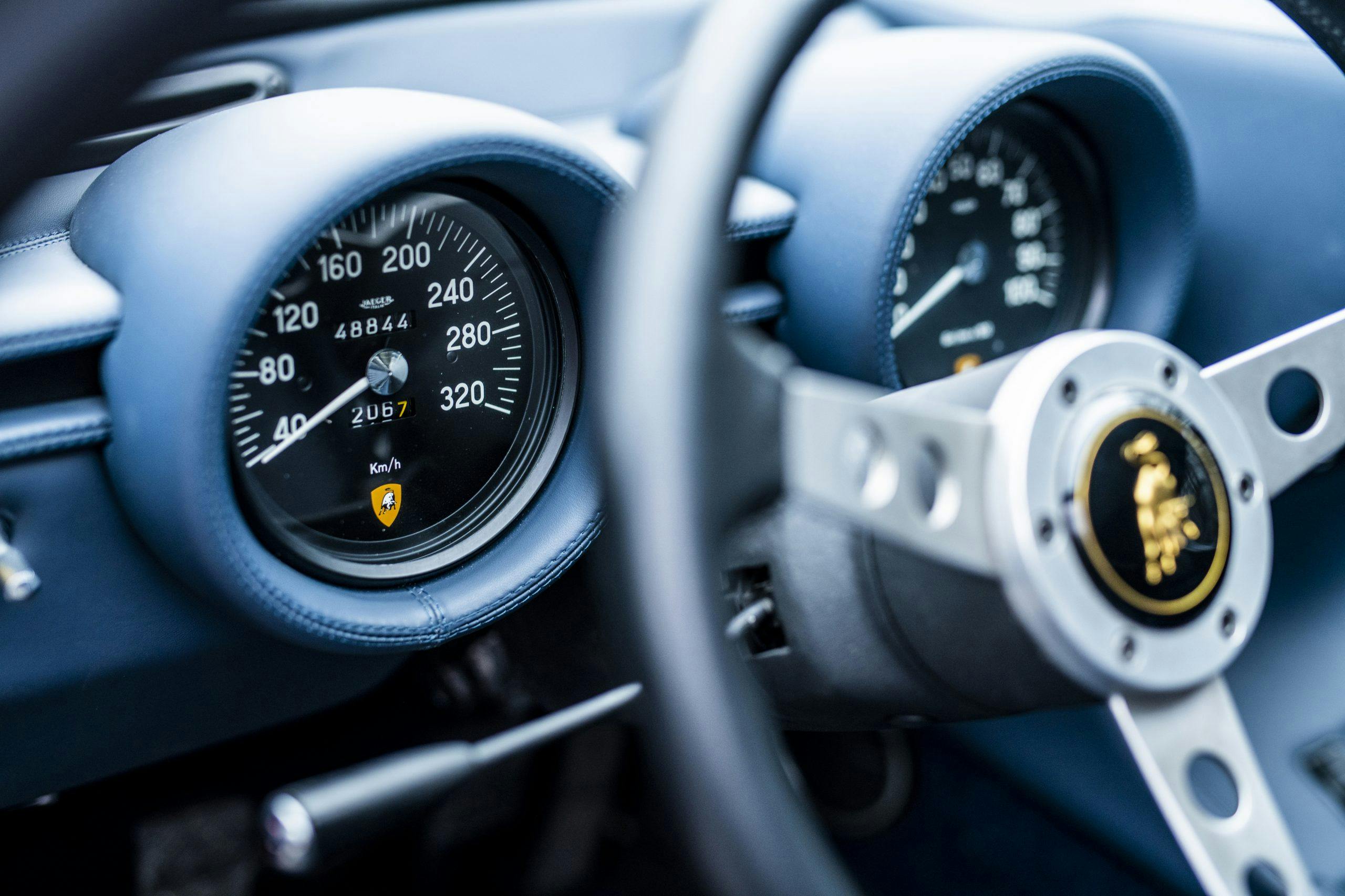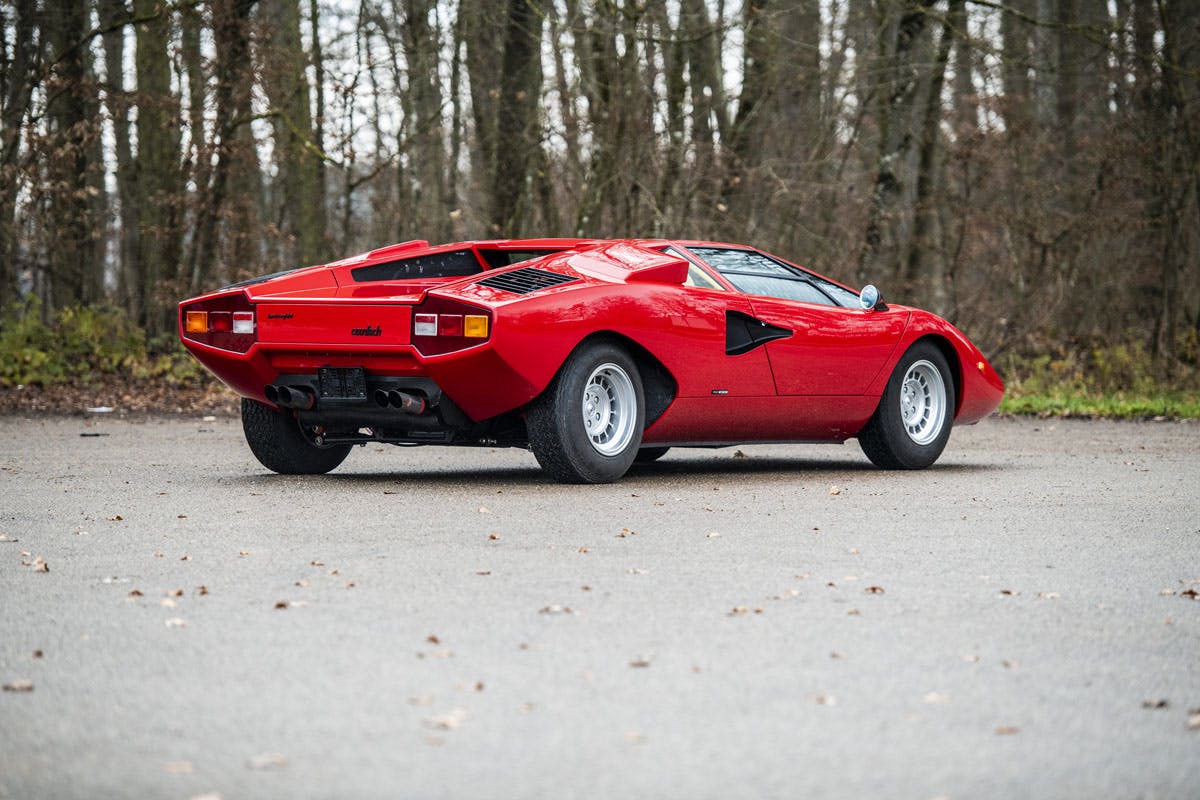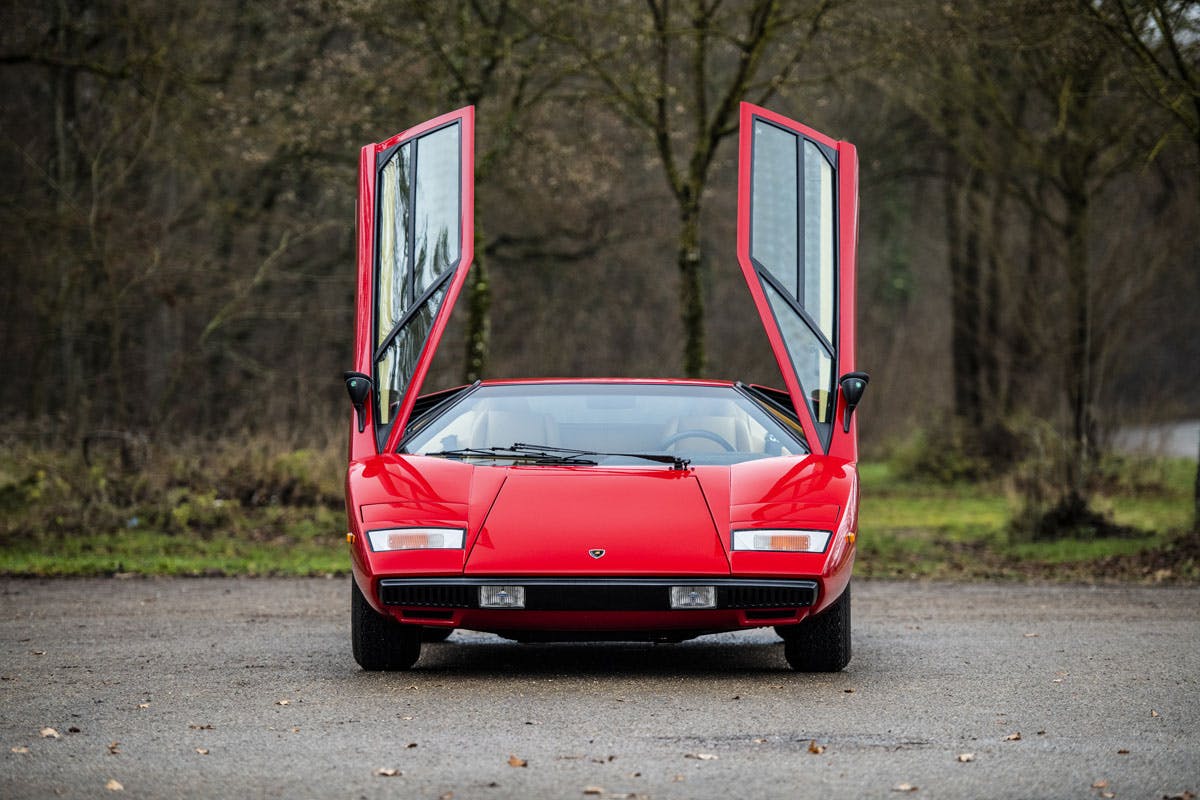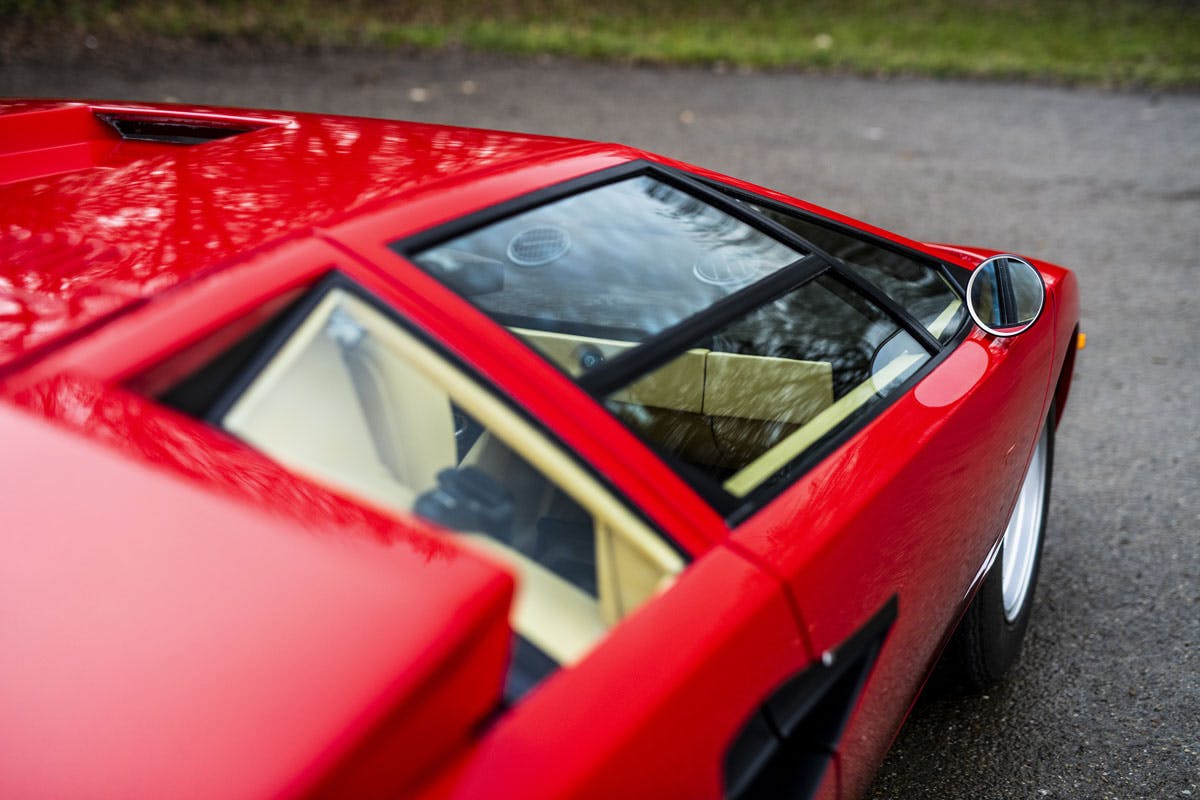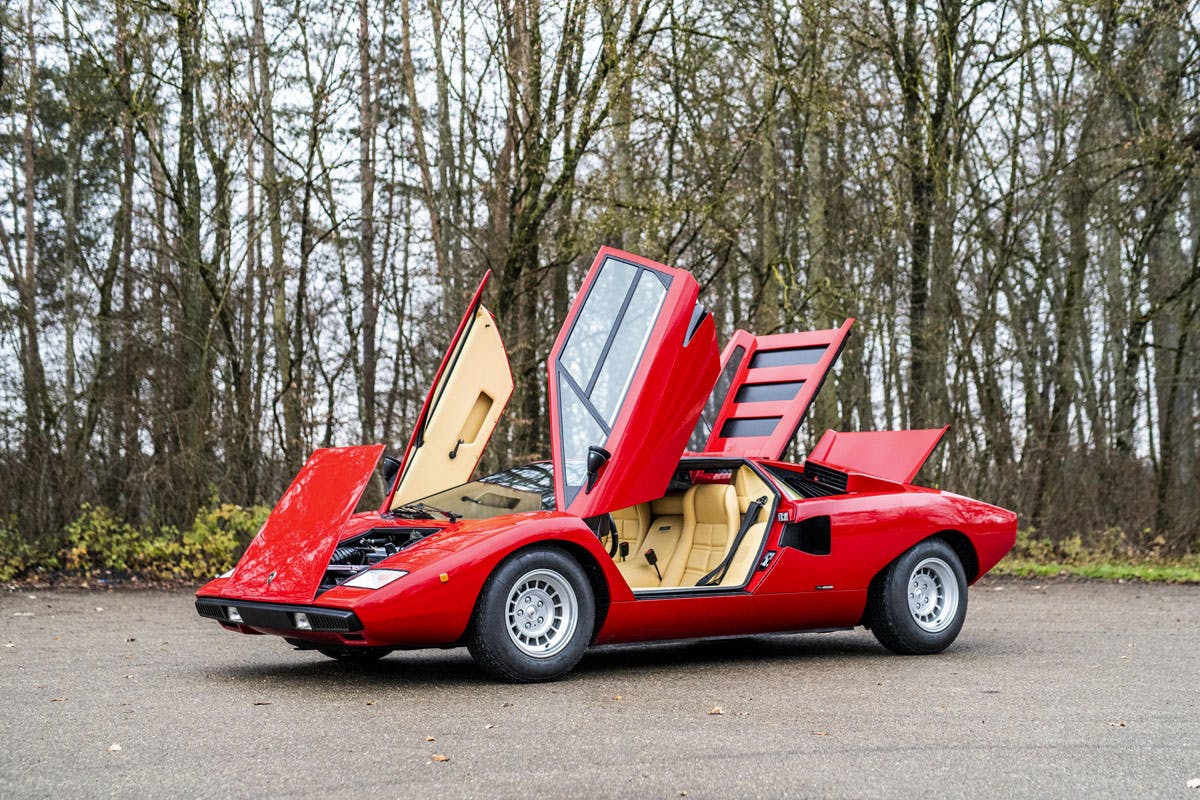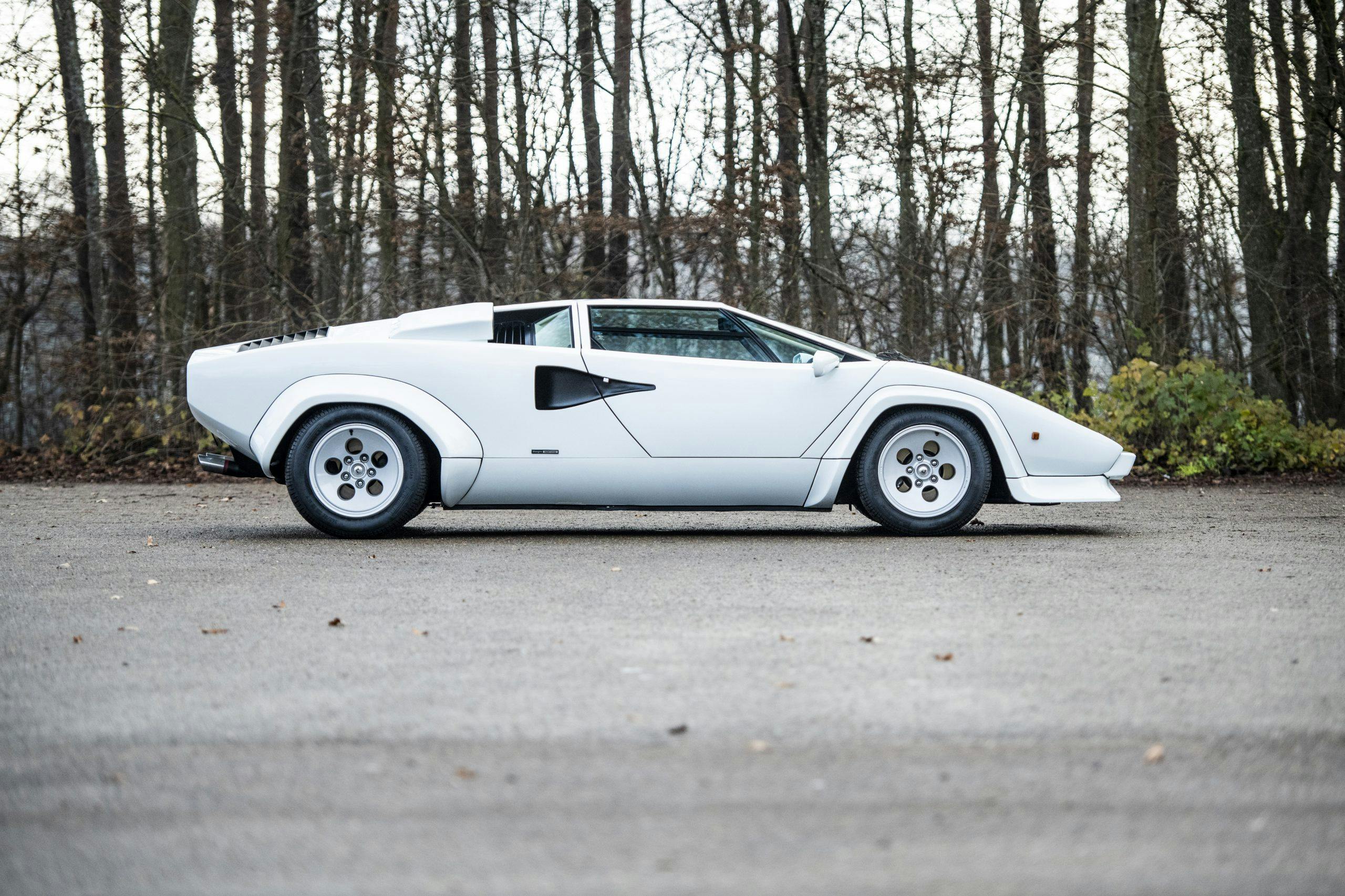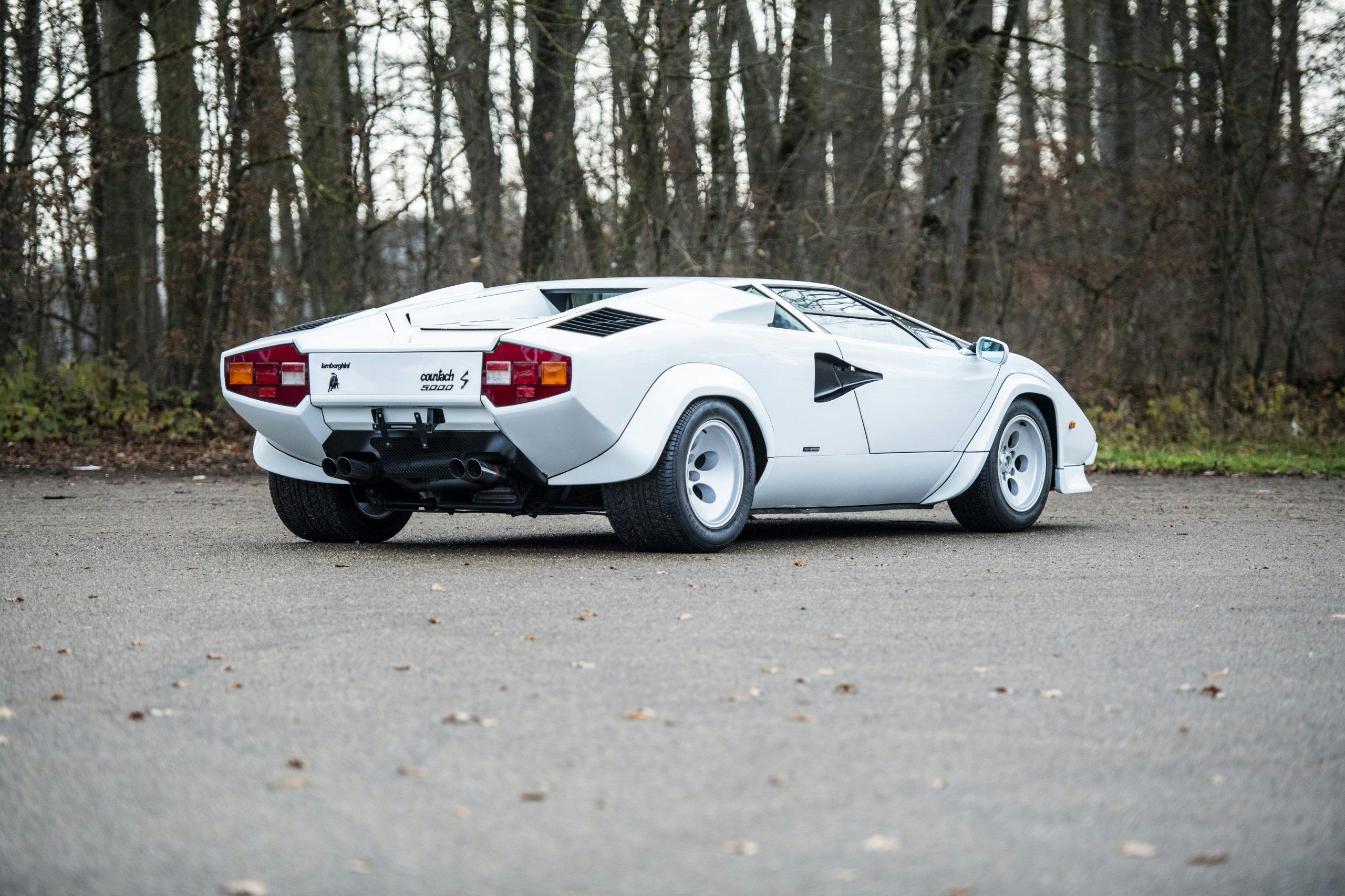Media | Articles
6 Lamborghinis stampeding across the block in Paris
Spain’s Running of the Bulls is a world-renowned man vs. beast showdown in which thrill-seekers try to outrun stampeding cattle without getting gored (who can forget Billy Crystal’s painfully funny failure to get out of the way in City Slickers?).
Now there’s a new Running of the Bulls which caters to Lamborghini-loving automotive enthusiasts. A collection of six raging bulls will cross the block—calmly, and one a time—at RM Sotheby’s Paris Auction being held online February 13, 2021.
The impressive group of Lamborghinis includes a 1969 Islero GTS, a 1967 400 GT 2+2 by Touring, and four works of art from Bertone: a 1971 Miura P400 SV, 1977 Countach LP400 Periscopio, 1984 Countach LP500 S, and 1968 Lamborghini Espada Series I. RM Sotheby’s estimates the cars’ total value at €4.18 million–€4.97 million ($5 million–$6 million).
“Despite a lack of competition history for much of Lamborghini’s existence, collectors are taking them more seriously these days,” says Hagerty Manager of Analytics John Wiley. “Ground-breaking models such as the Miura are getting lots of new attention, and the Countach is warming up again.
“This collection has a great mix of some of Lamborghini’s best cars, including three examples of its best front-engine cars, joined by three mid-engine V-12 cars in desirable specs. This sale will likely be another milestone in Lamborghinis’ rising collectability.”
Marketplace
Buy and sell classics with confidence
1967 Lamborghini 400 GT 2+2 by Touring
Estimate: €450,000–€550,000 ($547,762–$669,487)
Average #2 (Excellent) condition value: $545,000
As RM points out, in many ways the 400 GT 2+2 is the genesis of Lamborghini’s contrarian view on car construction. While period Ferrari production cars descended from competition models, “the 400 GT was free to forge its own identity as a grand touring car.” The GT features Giotto Bizzarrini’s 4.0-liter V-12 engine with dual overhead camshafts (at the time, Ferrari only offered single overhead camshafts on its road cars). This one also comes with Polo Storico certification from the company’s heritage division, verifying its originality.
1968 Lamborghini Espada Series I by Bertone
Estimate: €180,000–€220,000 ($219,105–$267,795)
Average #2-condition value: $96,000
Lamborghini finally offered a proper four-seat GT as a replacement for the 400 GT 2+2 when the Espada was unveiled at the Geneva Motor Show in 1968. The coupe, penned by Italian designer Marcello Gandini, amazed show goers with its long, low proportions and with its likeness to two previous Bertone show cars, the Jaguar Piranha and the ill-fated Marzal that Lamborghini had unveiled a year prior.
In Robert “Pete” Petersen’s last interview before his death in 2007, the founder of Hot Rod and MotorTrend magazines and the Petersen Automotive Museum called the Espada his favorite car design.
If you look closely, you’ll notice that RM’s pre-auction estimate for this one is considerably higher than our listed average value. That’s because, Hagerty’s Wiley says, “The Espada is way more popular—and more valuable—in Europe. Since 2015, four of the top five sales of Espadas at auction have been in Europe.”
1969 Lamborghini Islero GTS
Estimate: €400,000–€450,000 ($486,900–$547,762)
Average #2-condition value: N/A (1968 model: $230,000)
Lamborghini refined its front-engine design philosophy with the Islero, which featured aerodynamic flip-up headlights and sharper, more angular styling. The top-of-the-line GTS was the last Lamborghini to follow the traditional grand touring format: 2+2 coupe with a 12-cylinder, naturally aspirated engine mounted up front. For 1969, S and GTS models became more powerful, thanks to an improved engine compression ratio. Only 225 Islero sports coupes were built in total, 100 of which were Islero S and GTS models. A “base” version sold for $258,000 on Bring a Trailer in April.
1971 Lamborghini Miura P400 SV by Bertone
Estimate: €2,100,000–€2,500,000 ($2,556,223–$3,043,123)
Average #2-condition value: $1,950,000
Oh, how we love the Miura—and we aren’t alone, considering what collectors are willing to pay for one. Conceived by a young team that included Gandini and chassis engineer Gian Paolo Dallara, the Miura that Lamborghini rolled out in 1966 is often referred to as the first supercar. The best was yet to come, though: the Miura SV. Improving on the Miura S’s 370-hp factory-rated output, the SV managed 385 hp from a reworked engine with revised cam timing and higher capacity carburetors. Only 70 were built.
“The experience of driving a Miura is difficult to put into words,” test driver Valentino Balboni told us in 2016. “It’s a huge feeling to have the [V-12] engine behind your ears. It is one complete unit—car and driver work in sync. It’s so precise. You feel like you are part of the car.”
1977 Lamborghini Countach LP400 Periscopio by Bertone
Estimate: €750,000–€900,000 ($912,937–$1,095,524)
Average #2-condition value: N/A (1976 LP400: $640,000)
If you’re of a certain age (50-something?) and love cars, you definitely know the Countach. However, you’re probably picturing the later models in your mind, the ones that featured giant rear wings. Turn your attention to the first iterations.
Only five years after the Miura debuted at the Geneva Motor Show, Marcello Gandini unveiled his masterful Countach prototype, and Countach LP400 “Periscopio” (periscope) models remained most faithful to his original design. The first-year production LP400s featured a Donnelly Mirrors-developed rear-view “Periscopio” system, concealed in the passenger-side roof. This example is one of only 23 built in 1977.
1984 Lamborghini Countach LP500S by Bertone
Estimate: €300,000–€350,000 ($365,175–$426,037)
Average #2-condition value: $365,000
The Countach was already the poster-worthy fantasy car of thousands by the time the LP500 arrived. The more recent iteration featured a revised 4.8-liter V-12 mill that produced 375 hp and propelled the car to a top speed of 160 mph. A factory rear wing was available, but the original owner of this one did not check that box on the order sheet. Lamborghini built only 321 LP500S models.
Think Billy Crystal is up for another Running of the Bulls? He likely won’t need a doctor this time around—just a hefty bank account.
